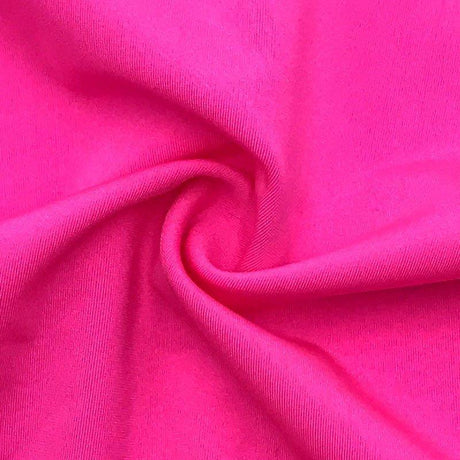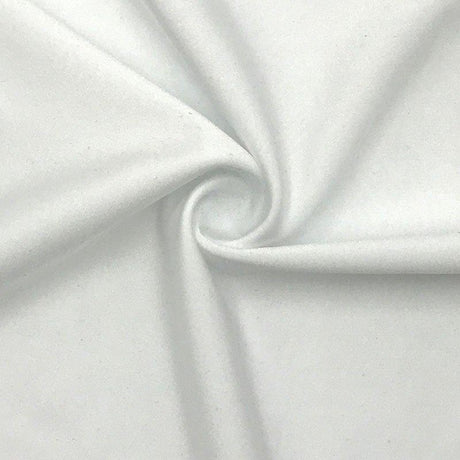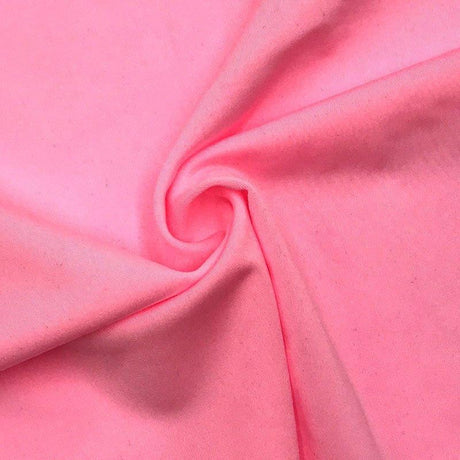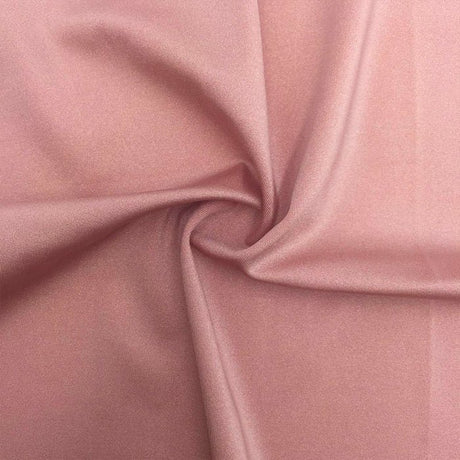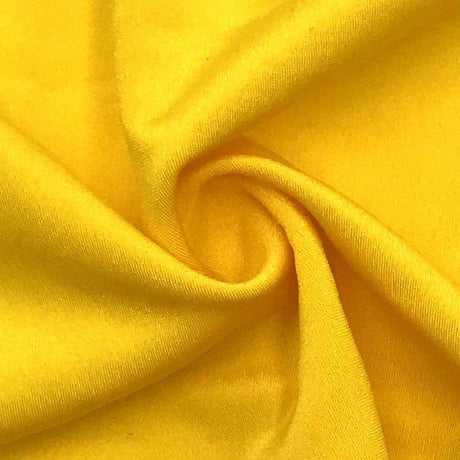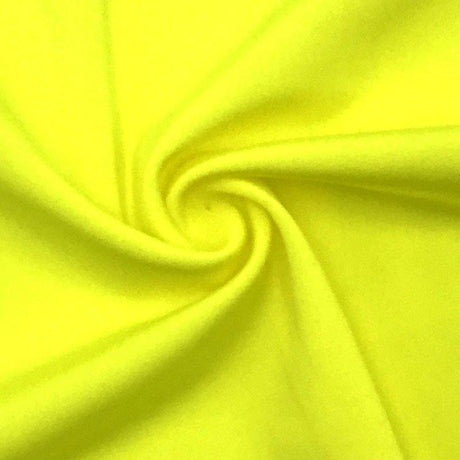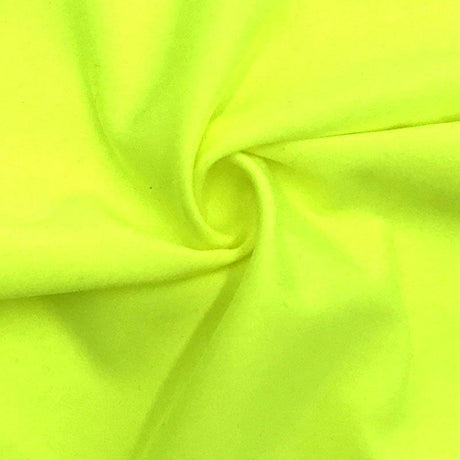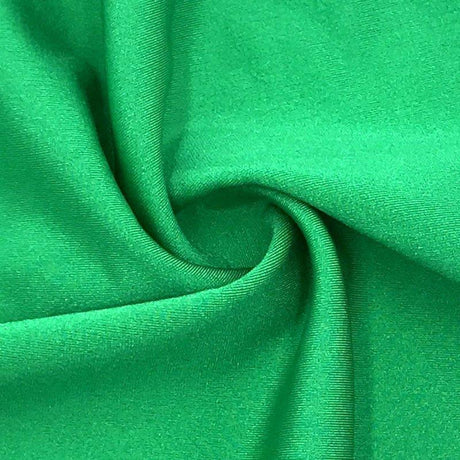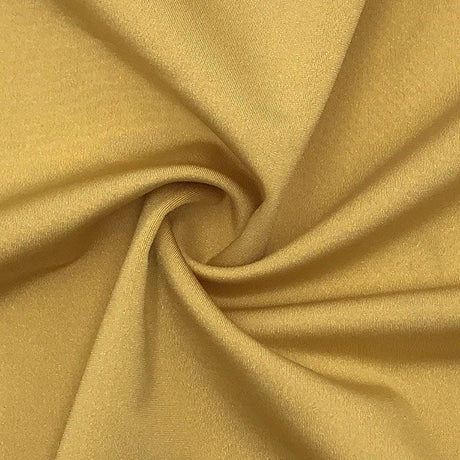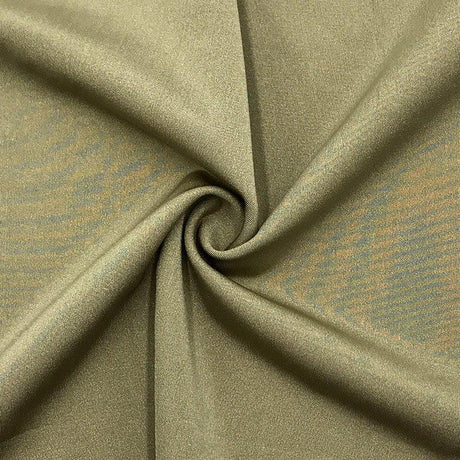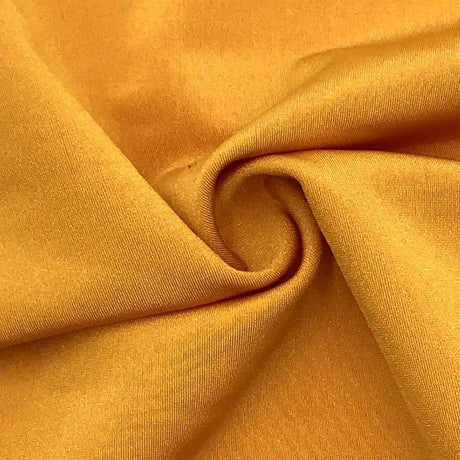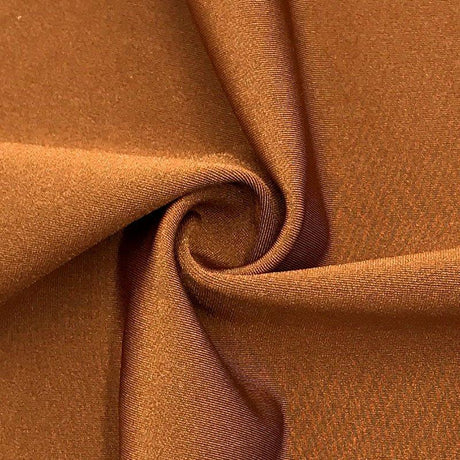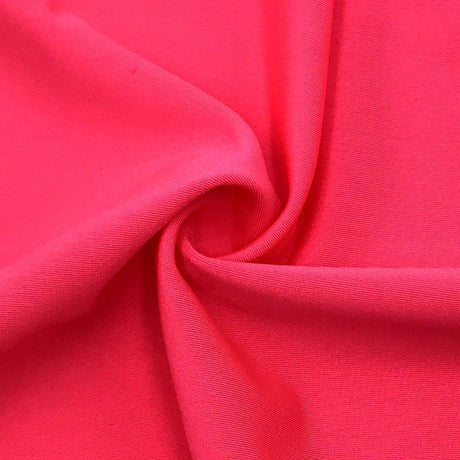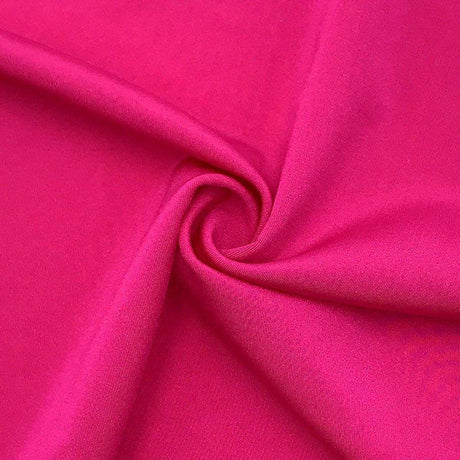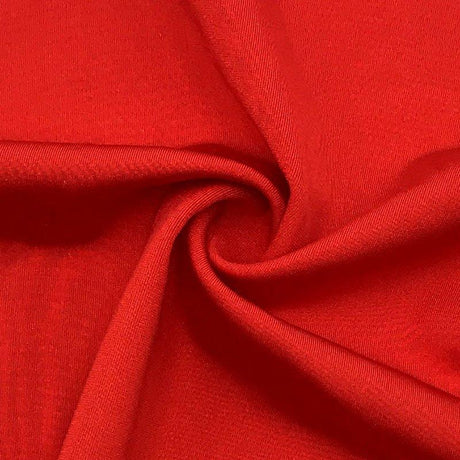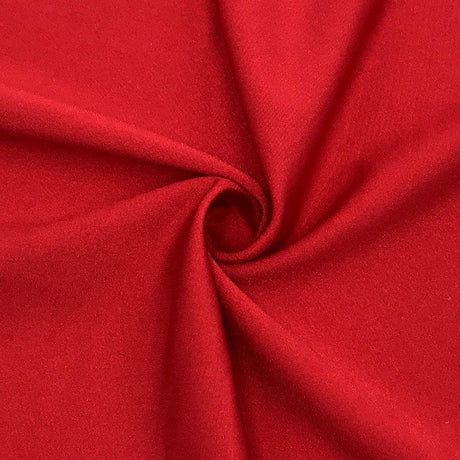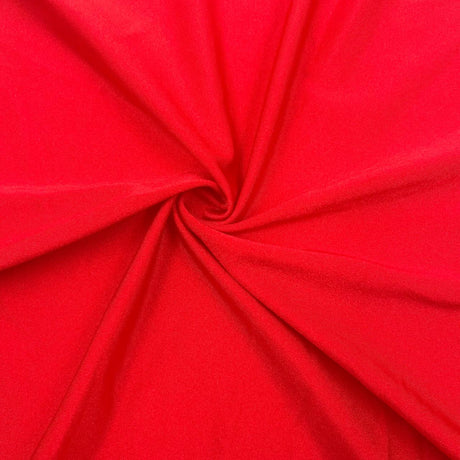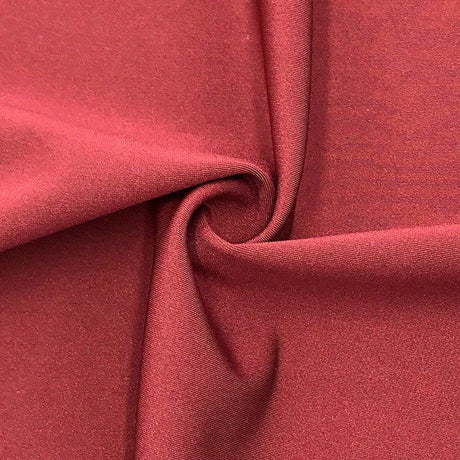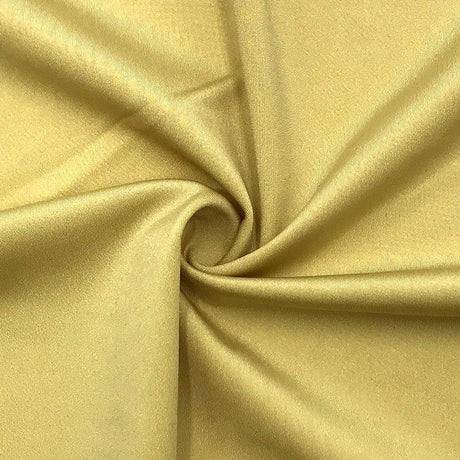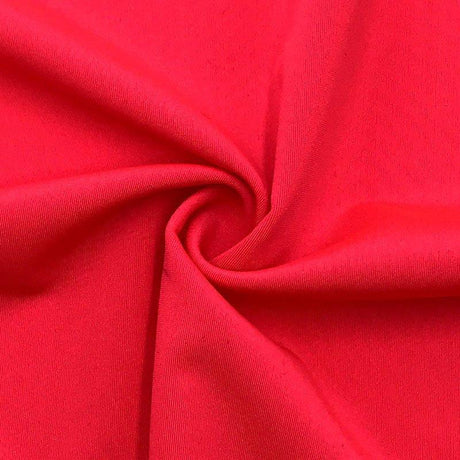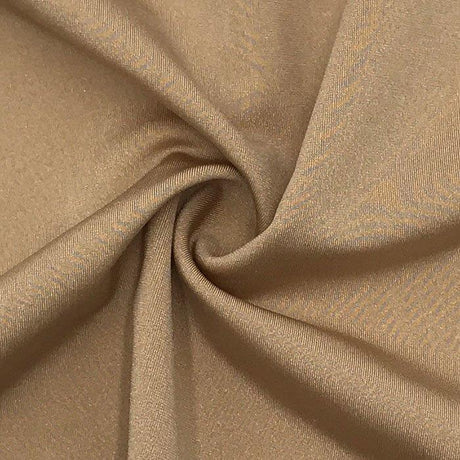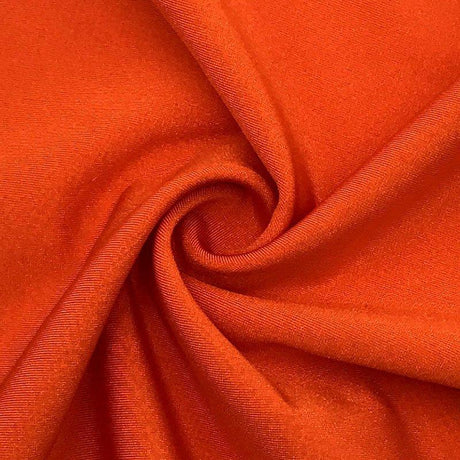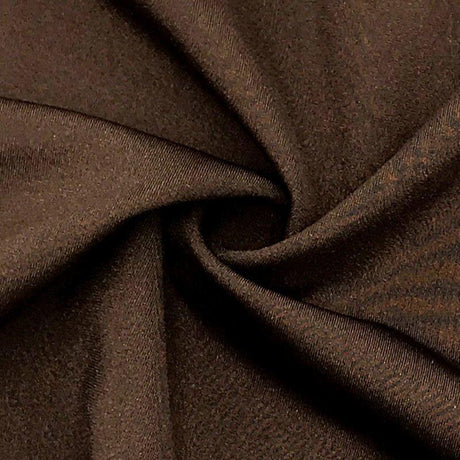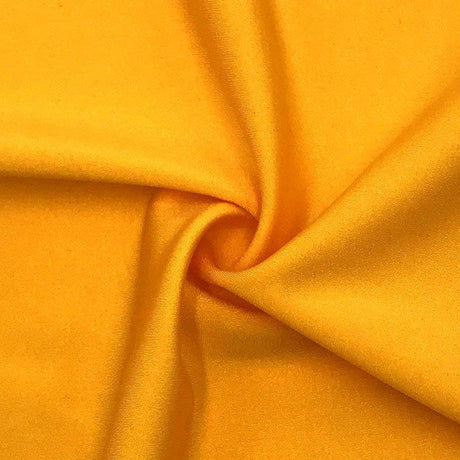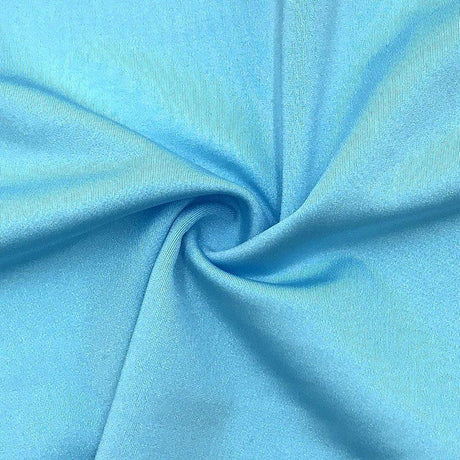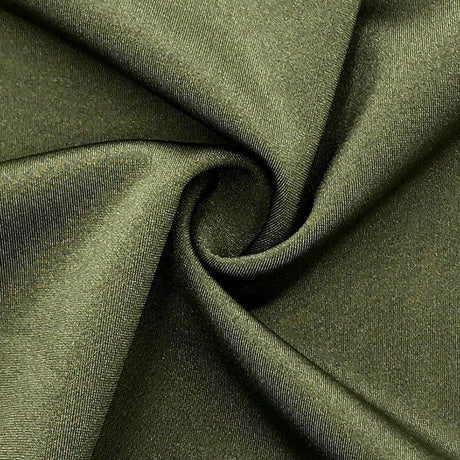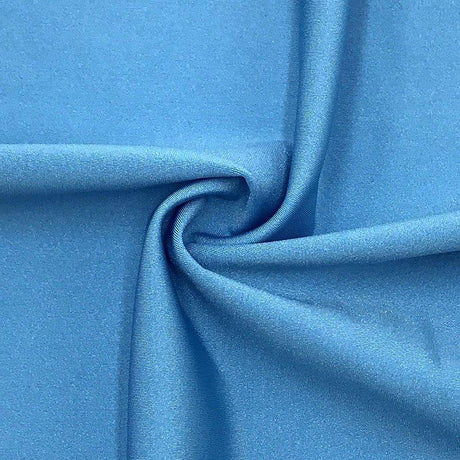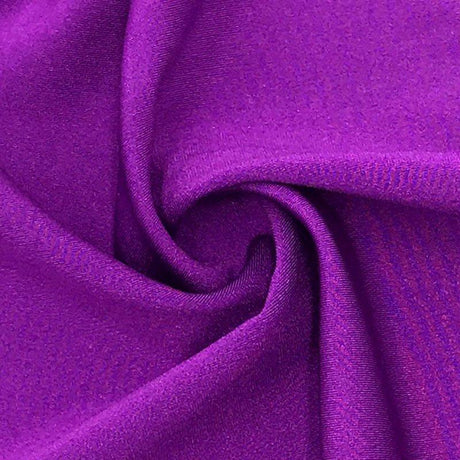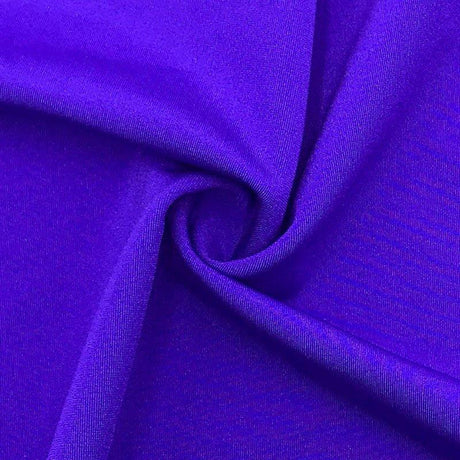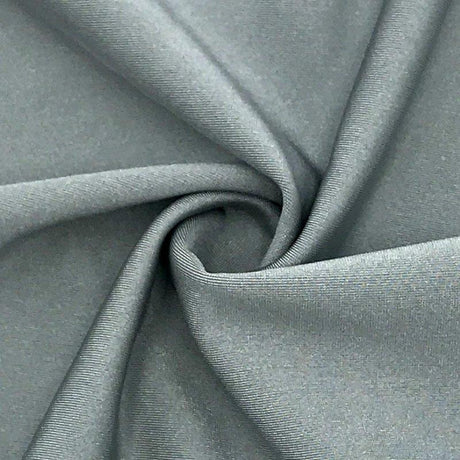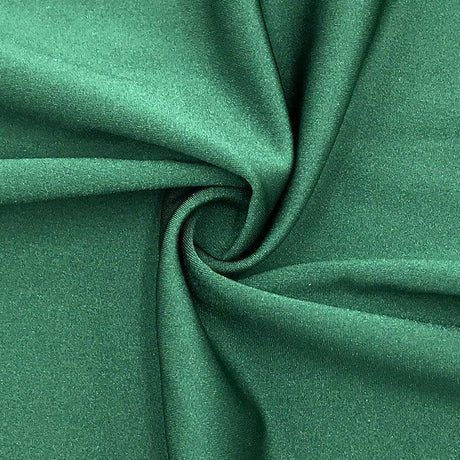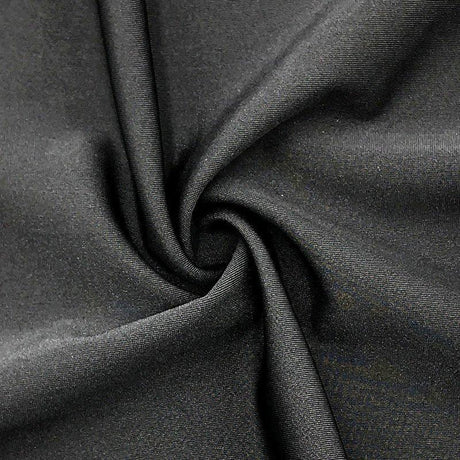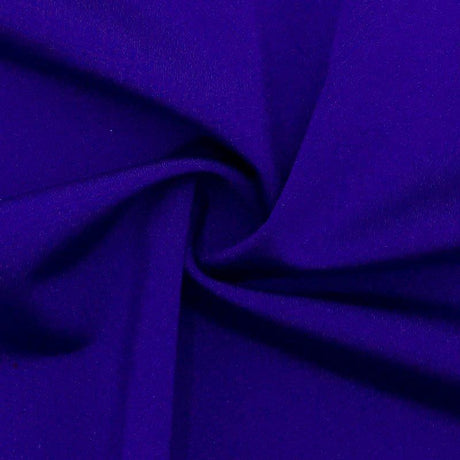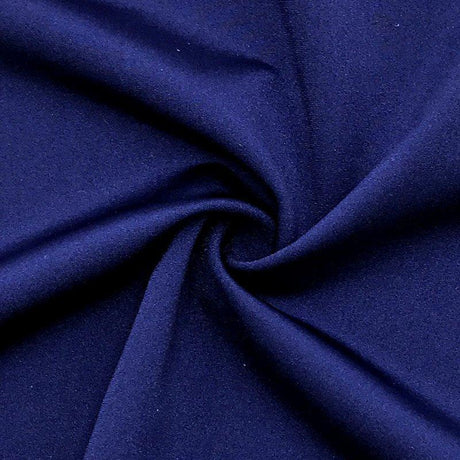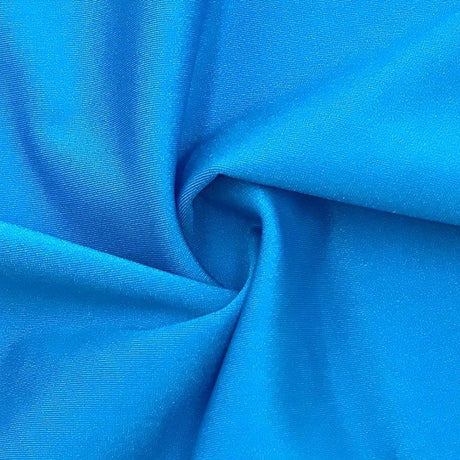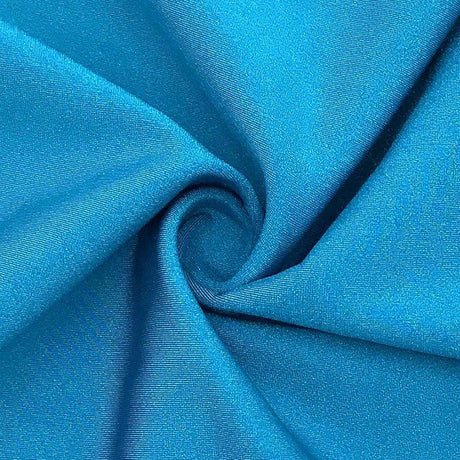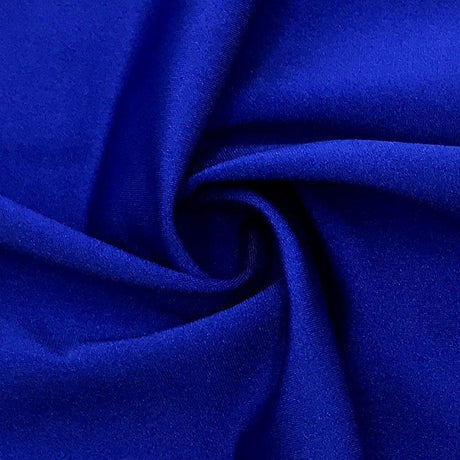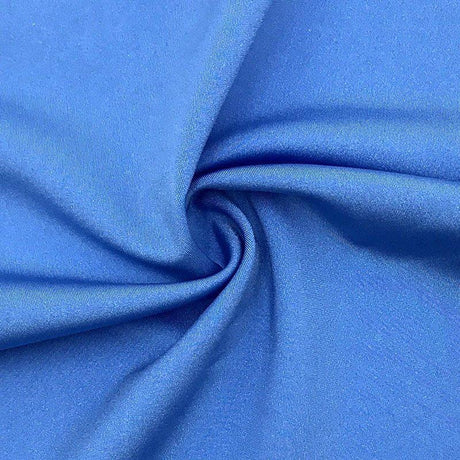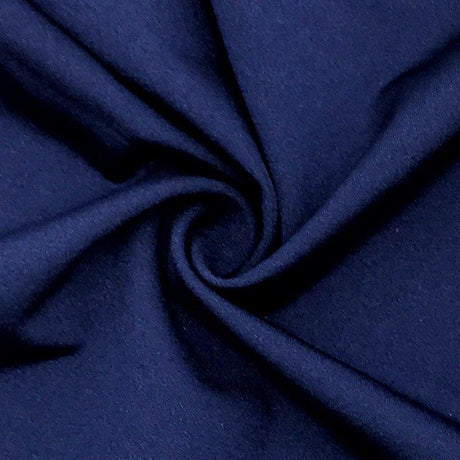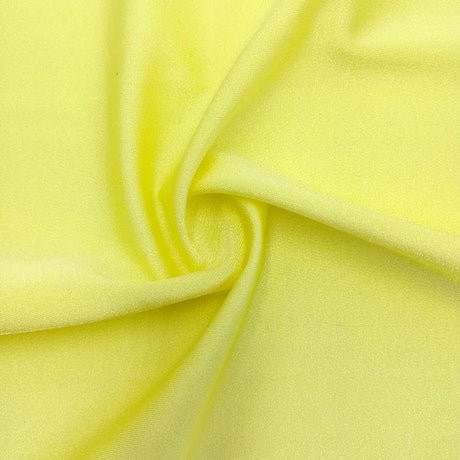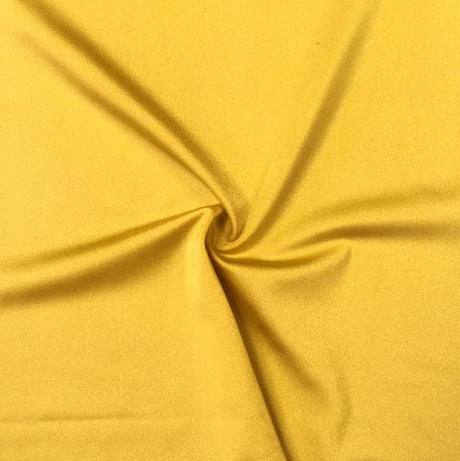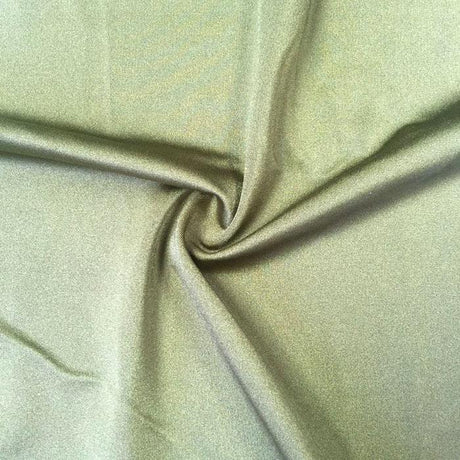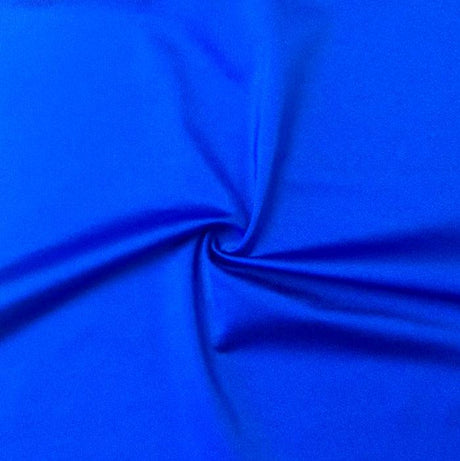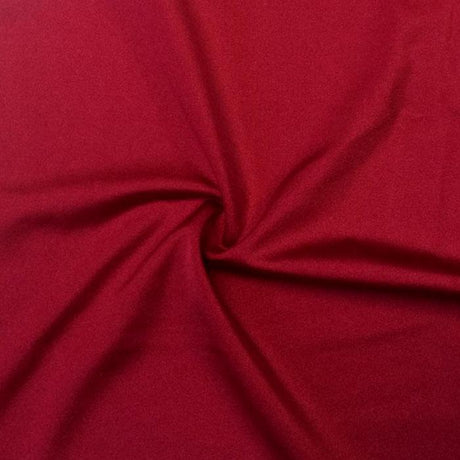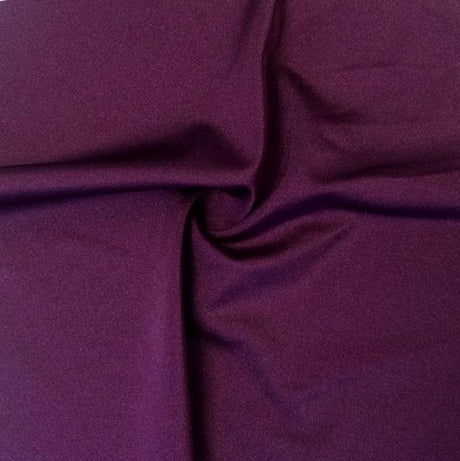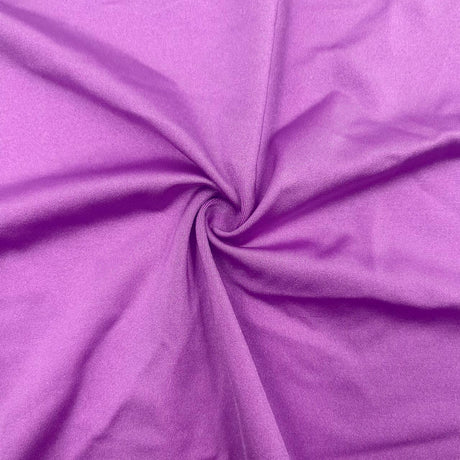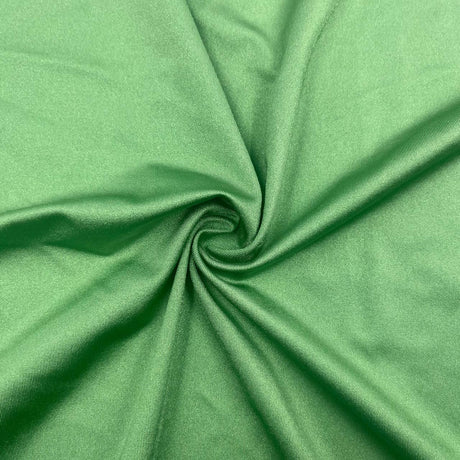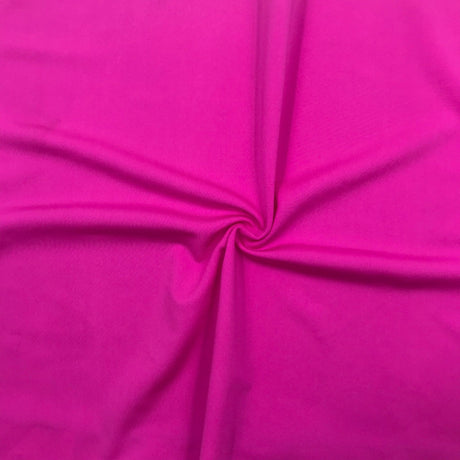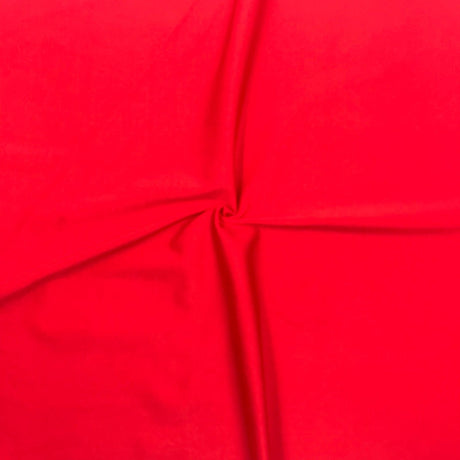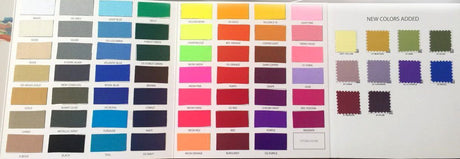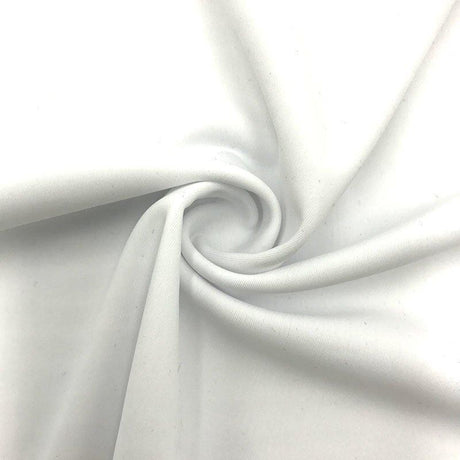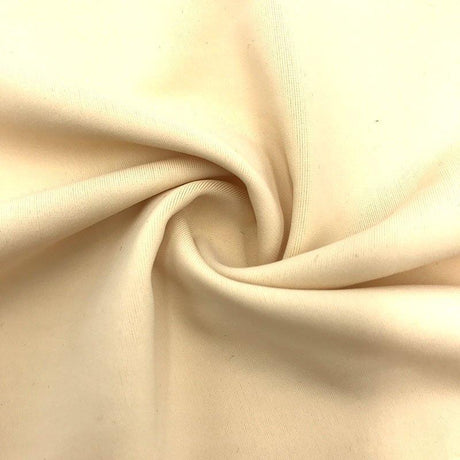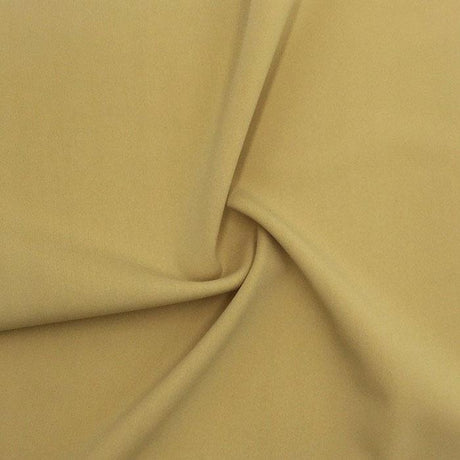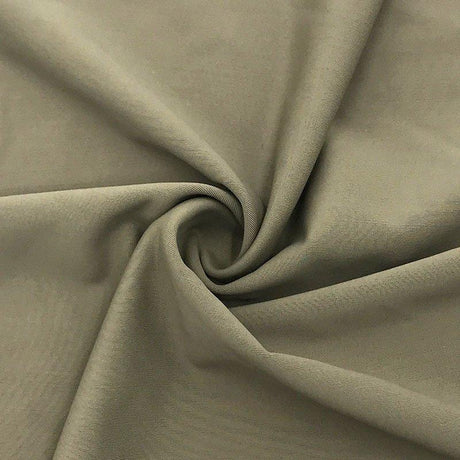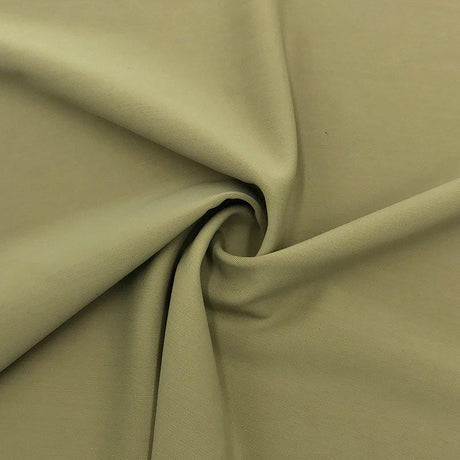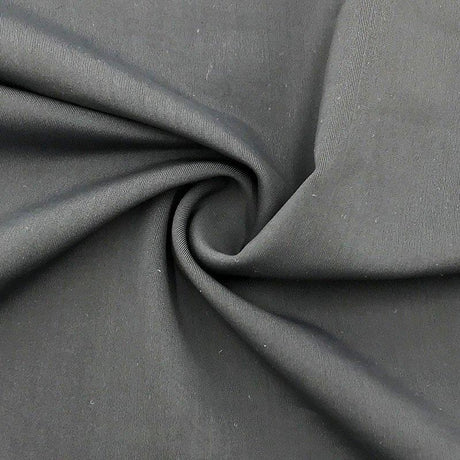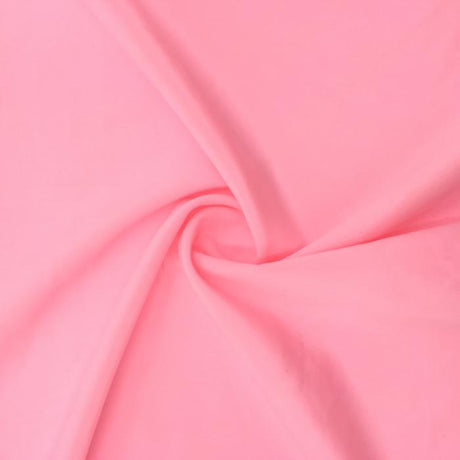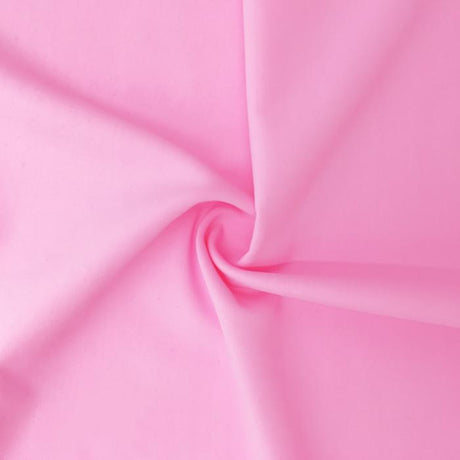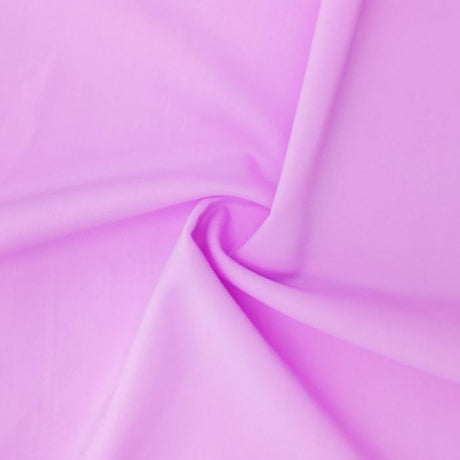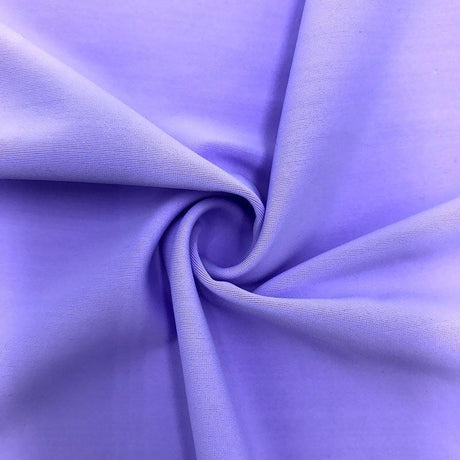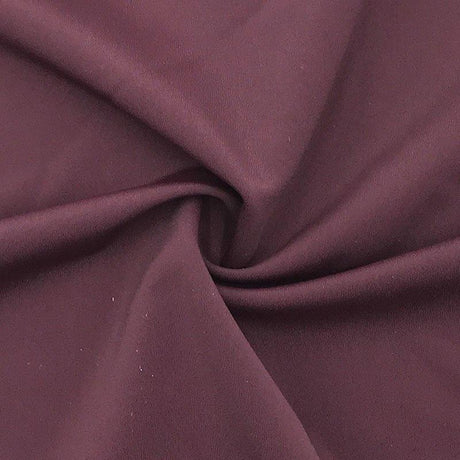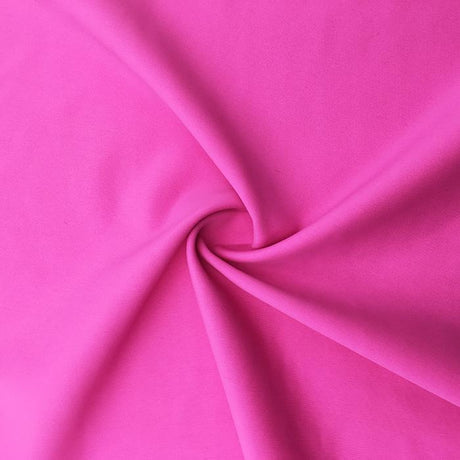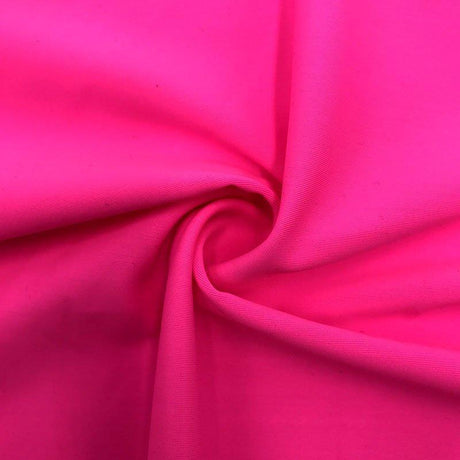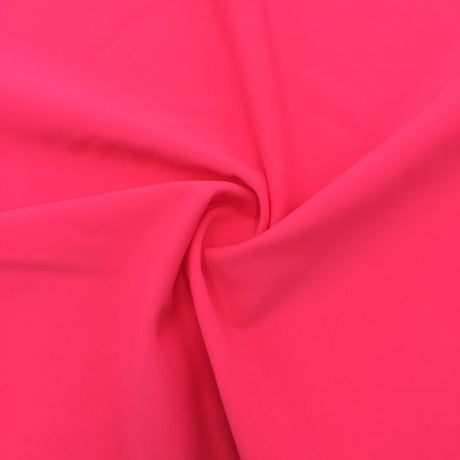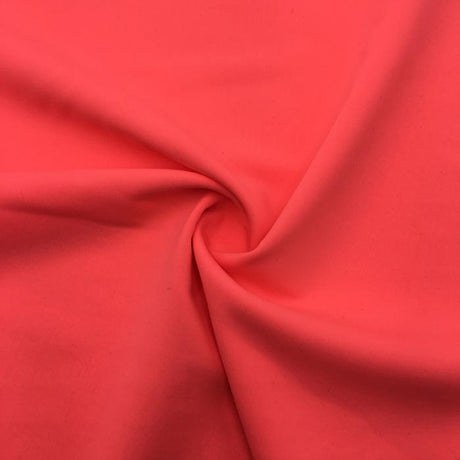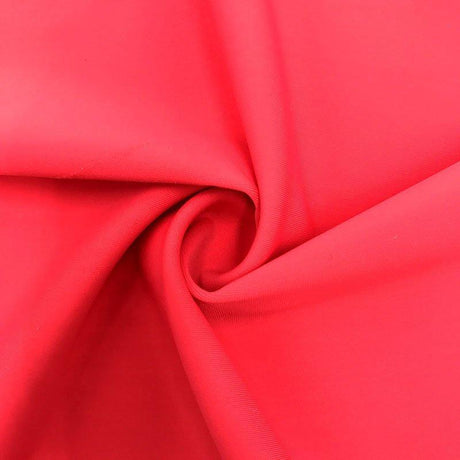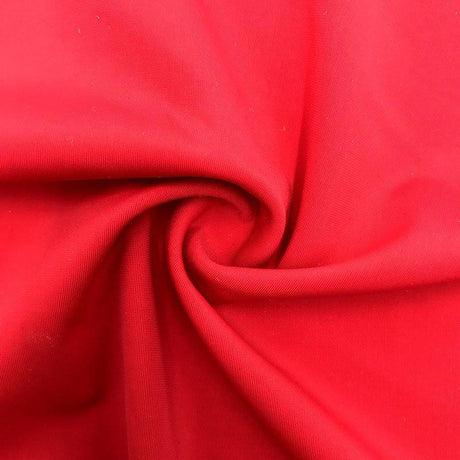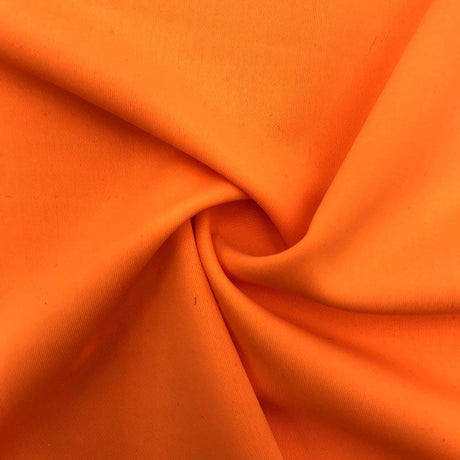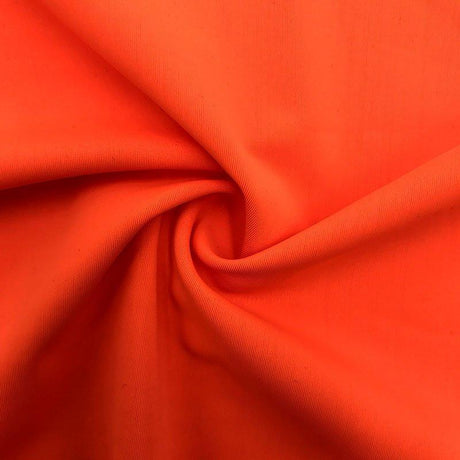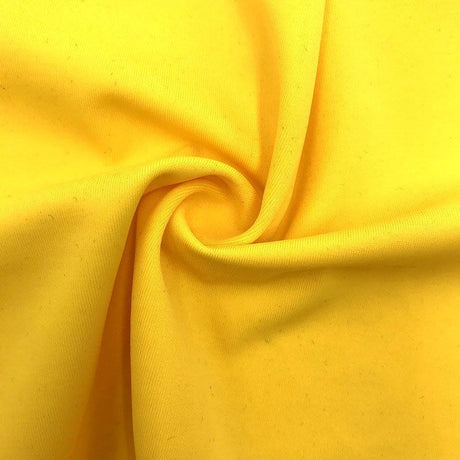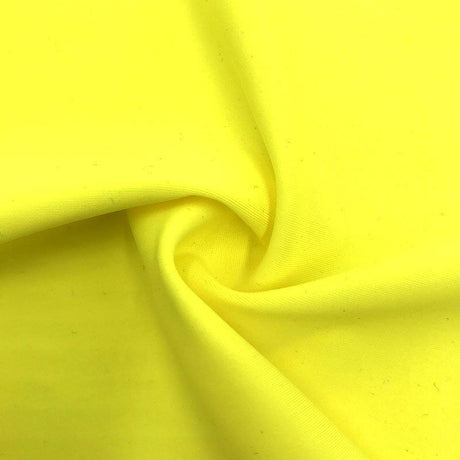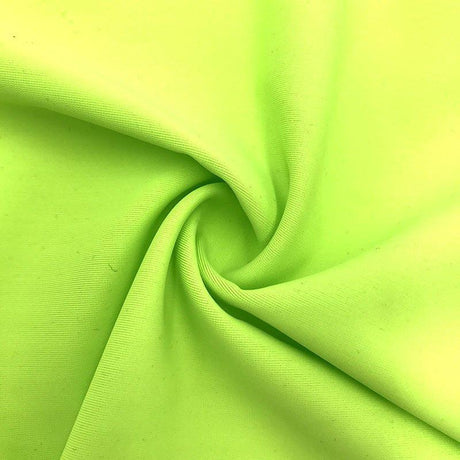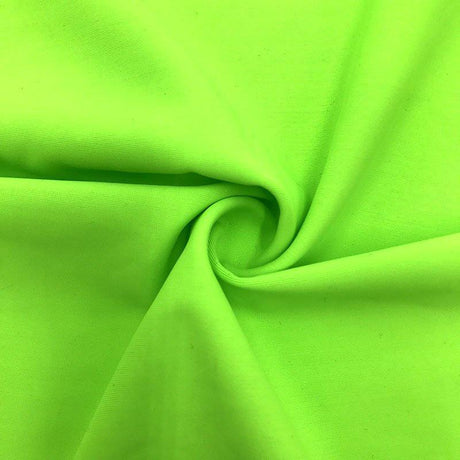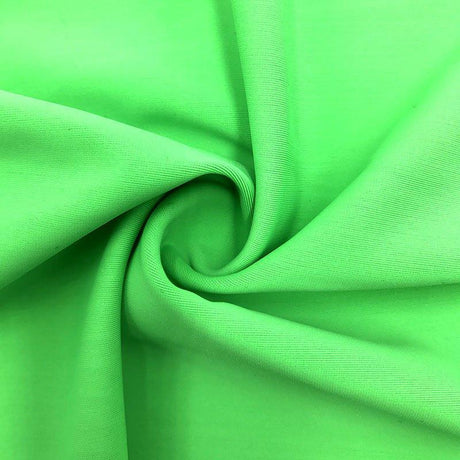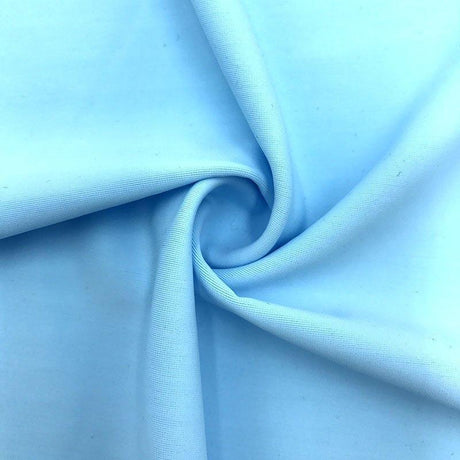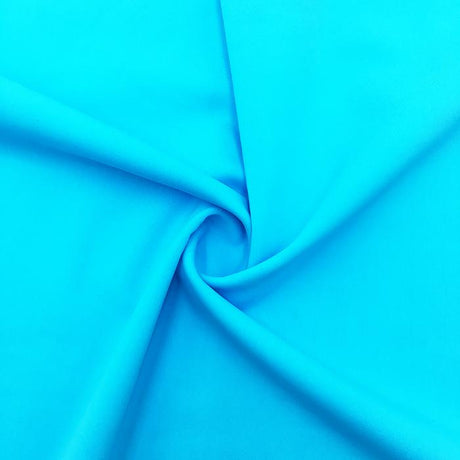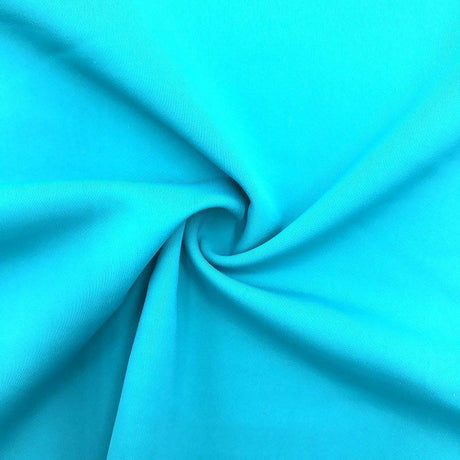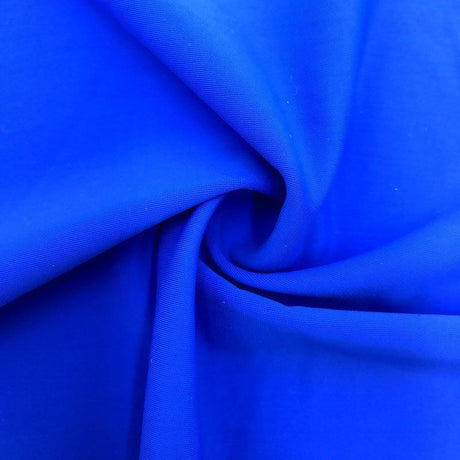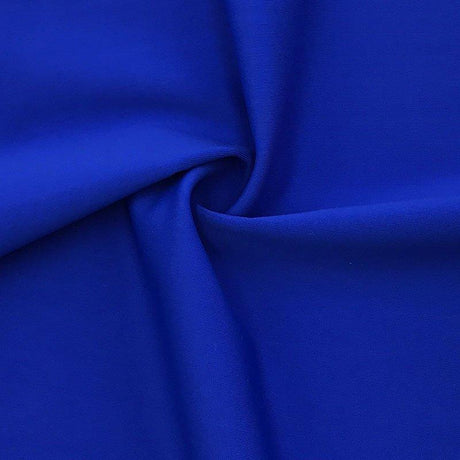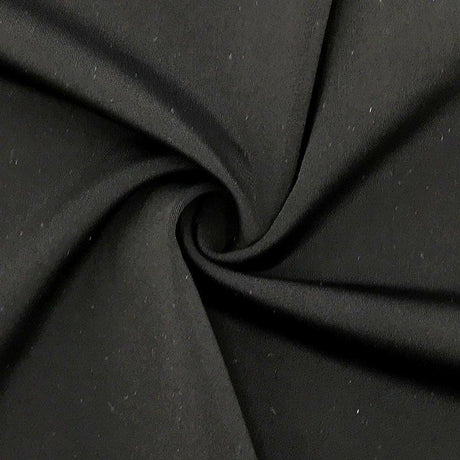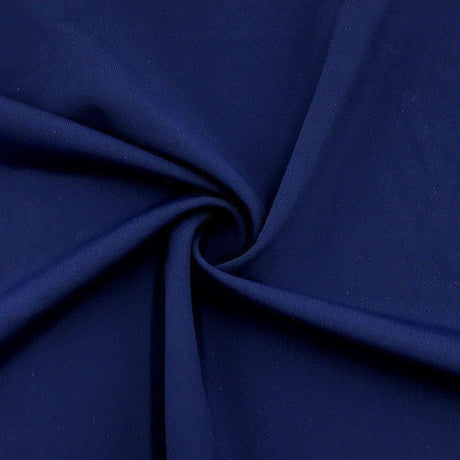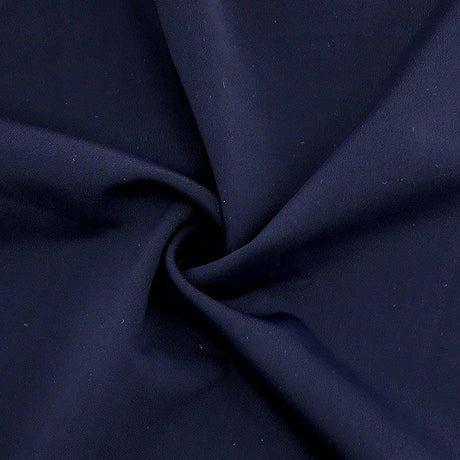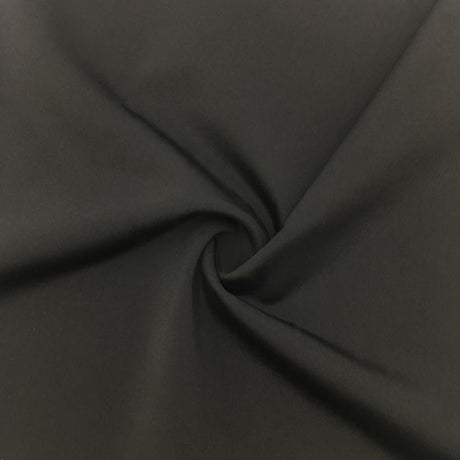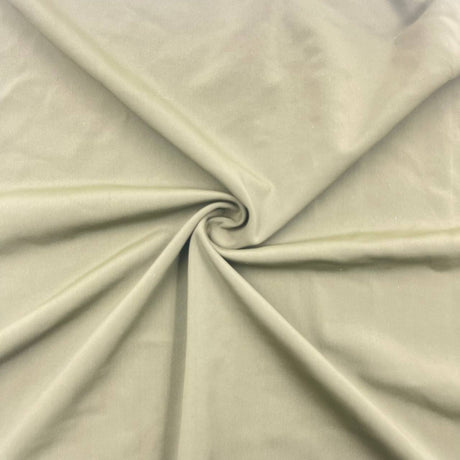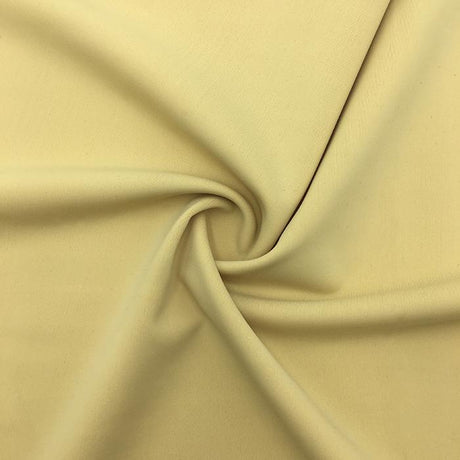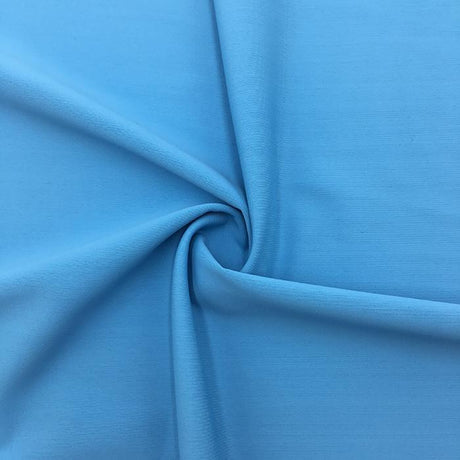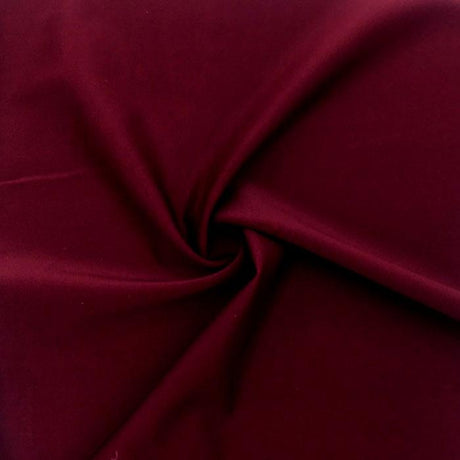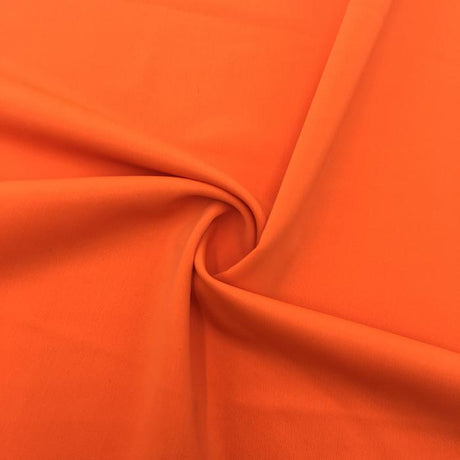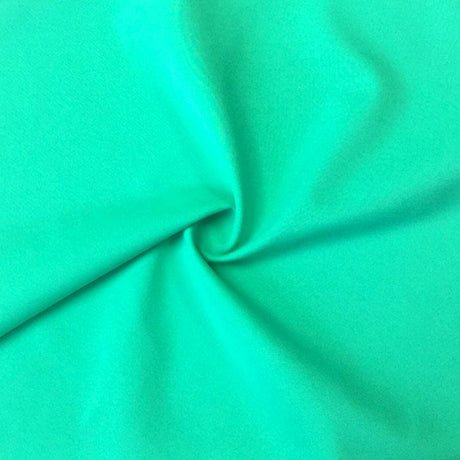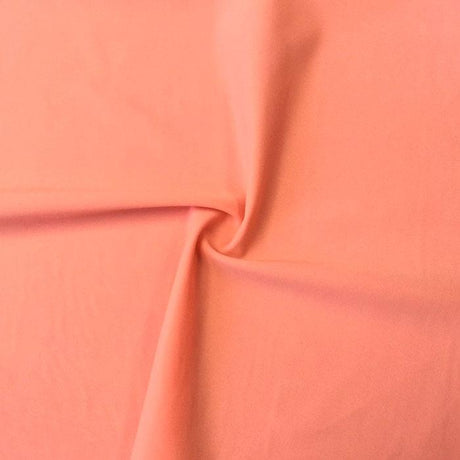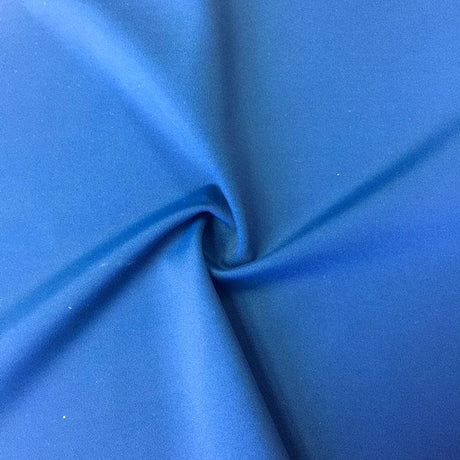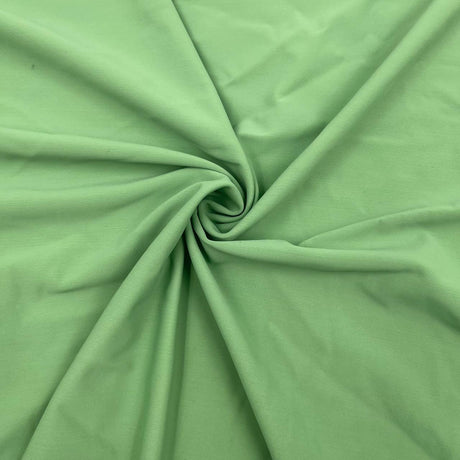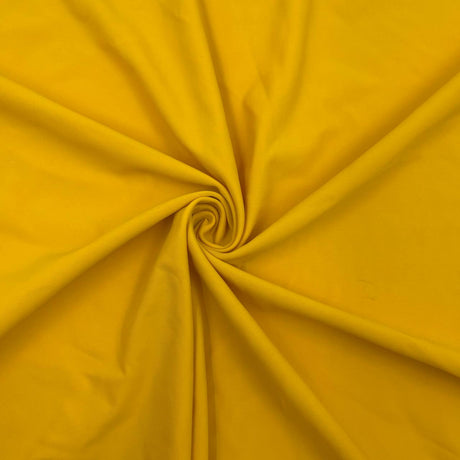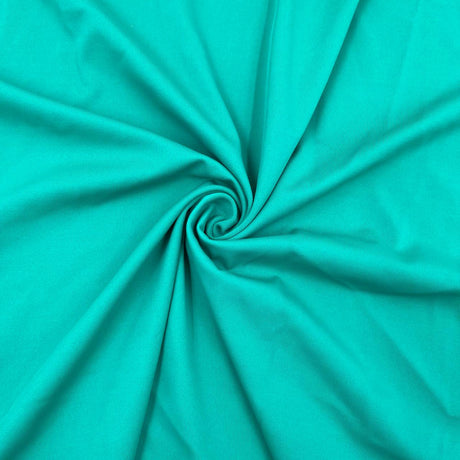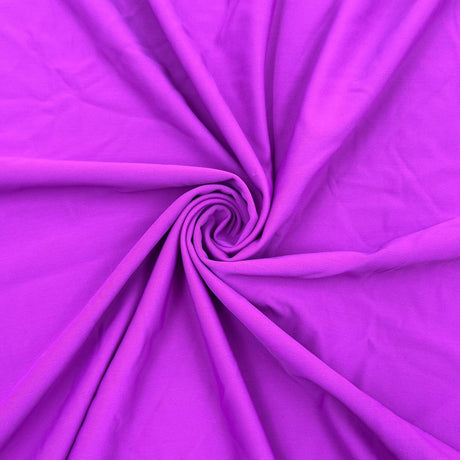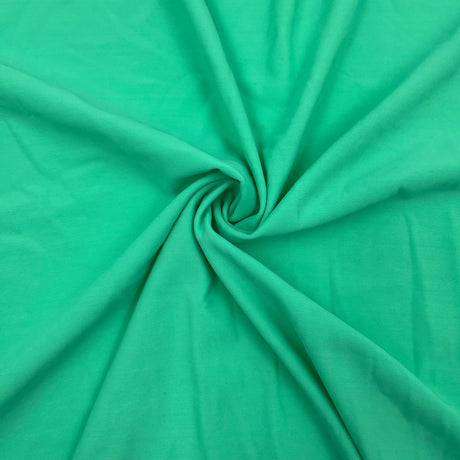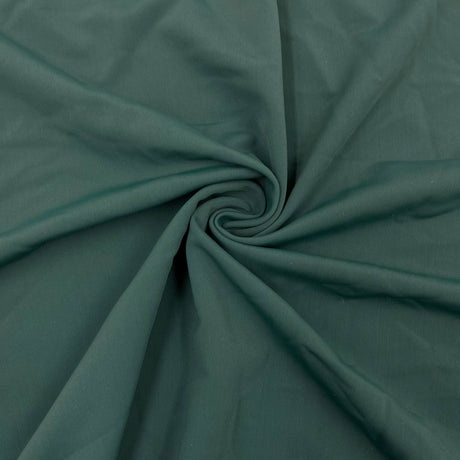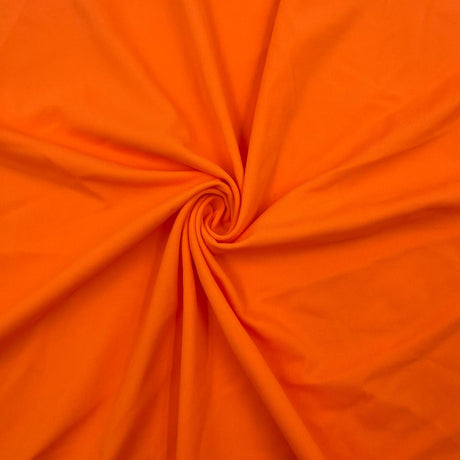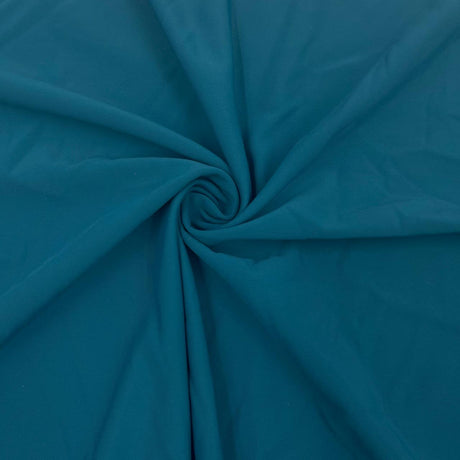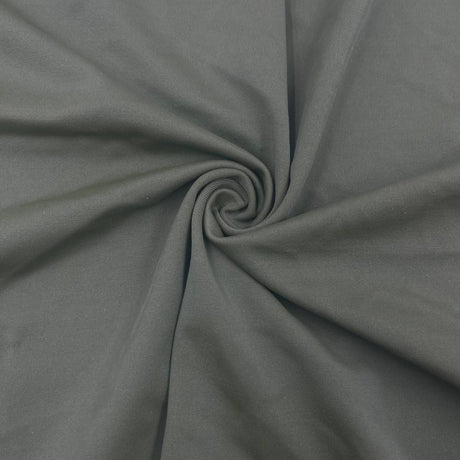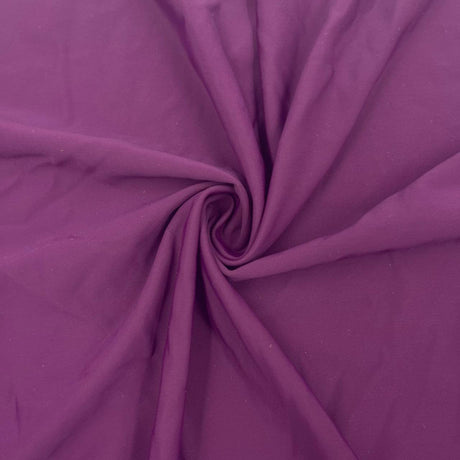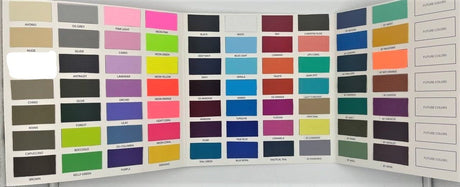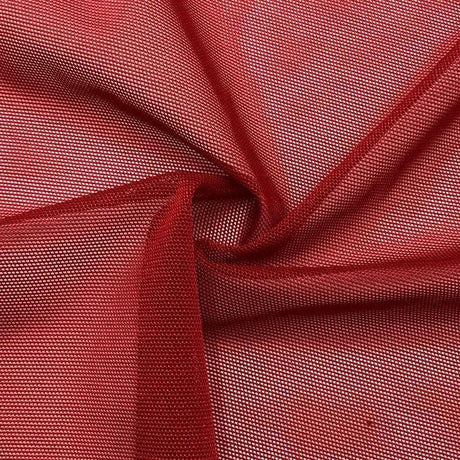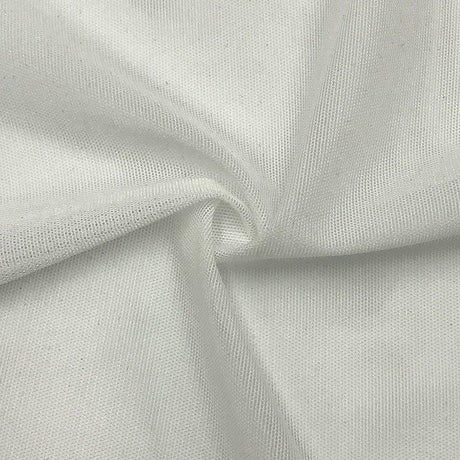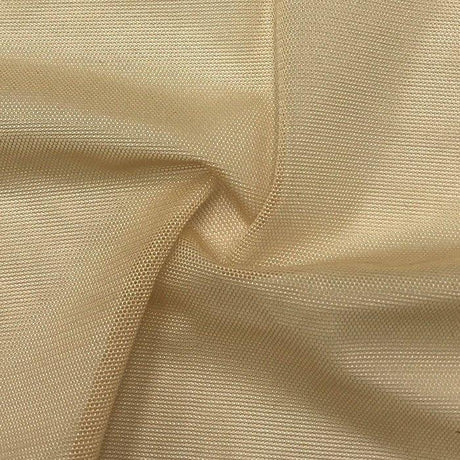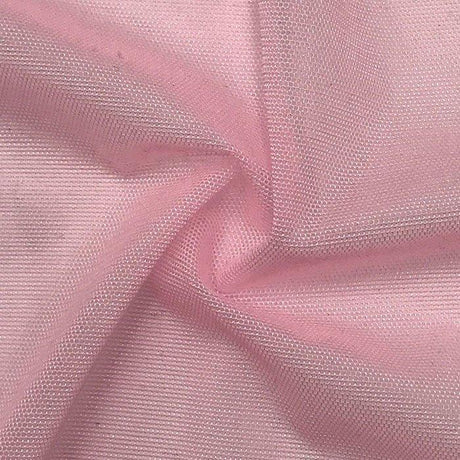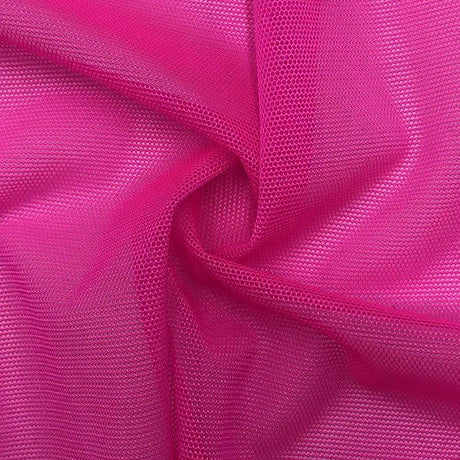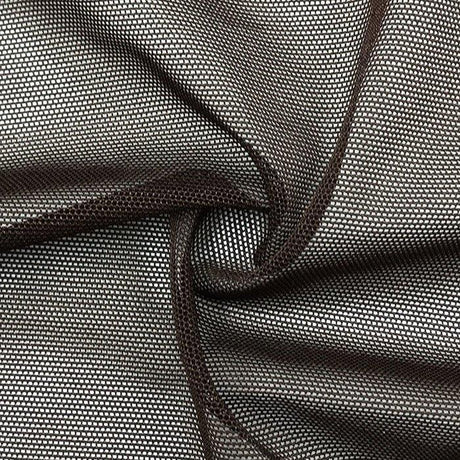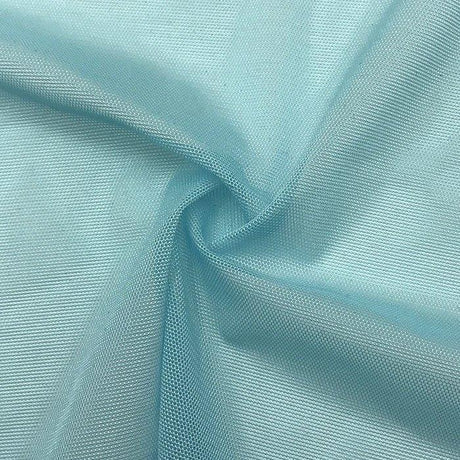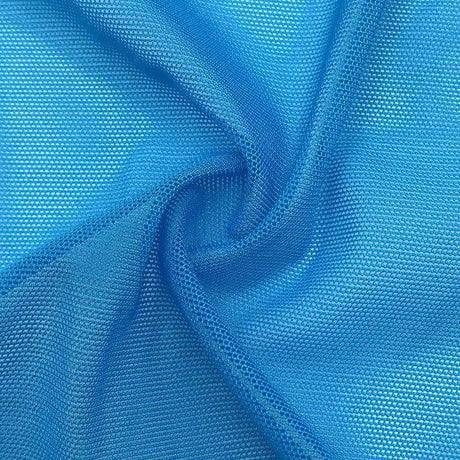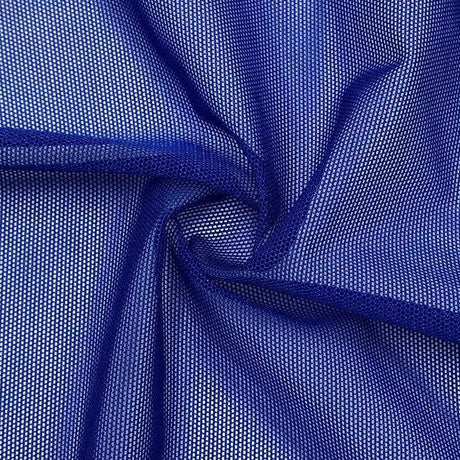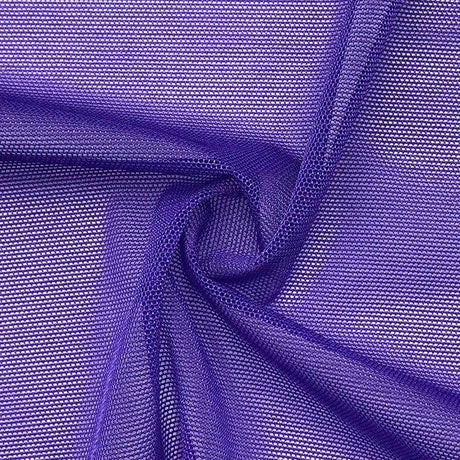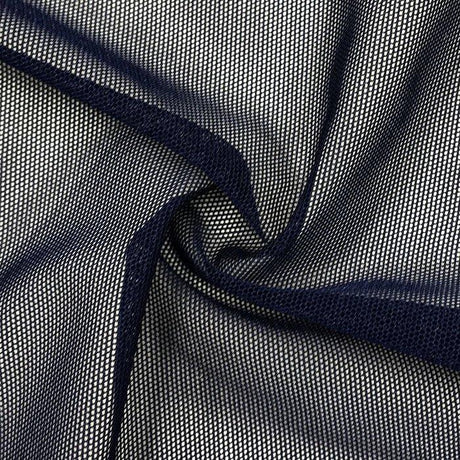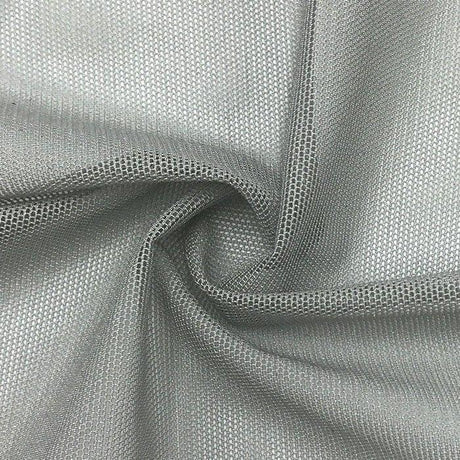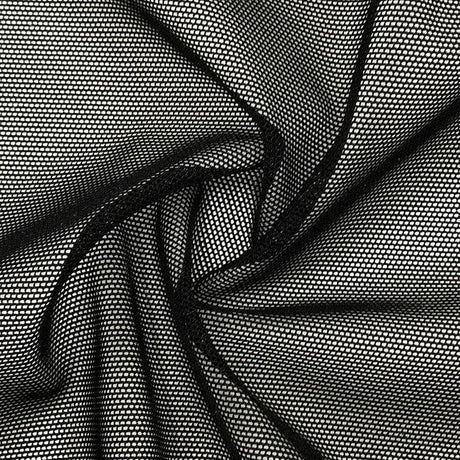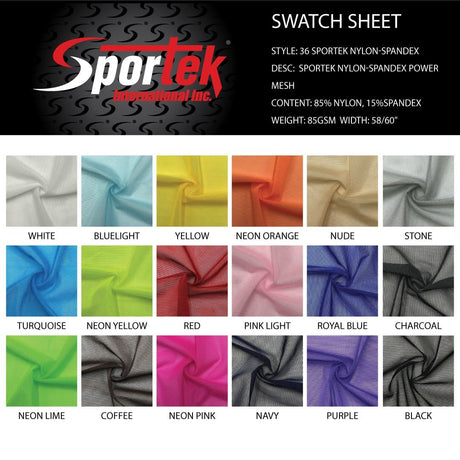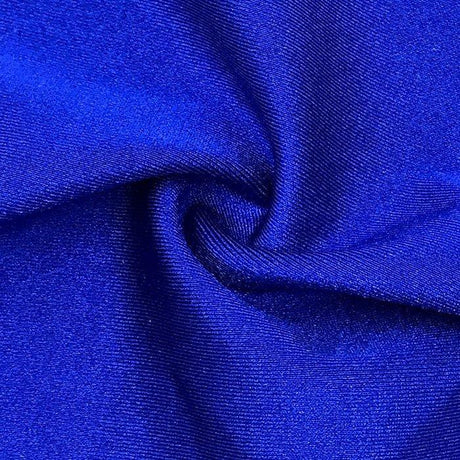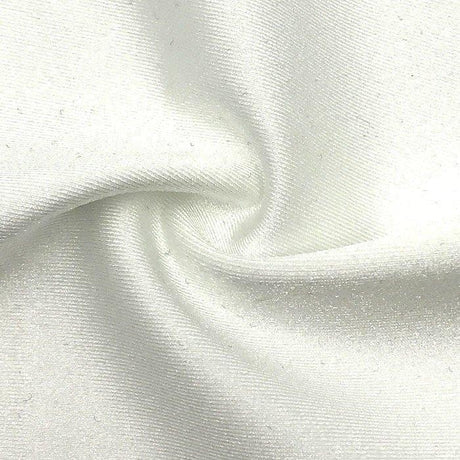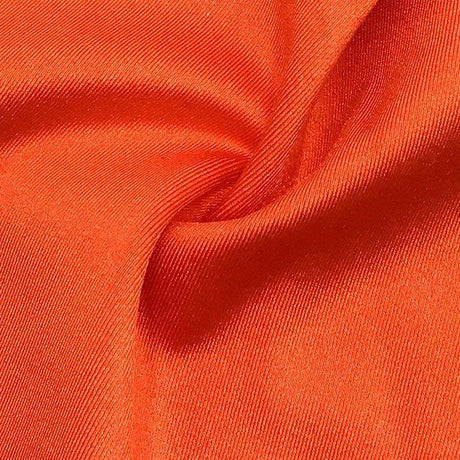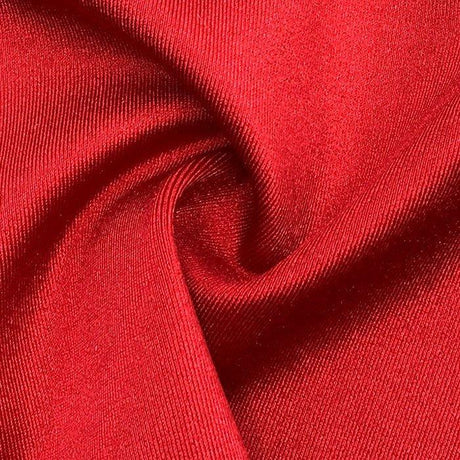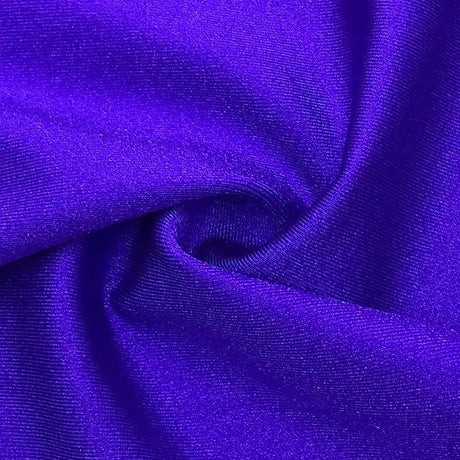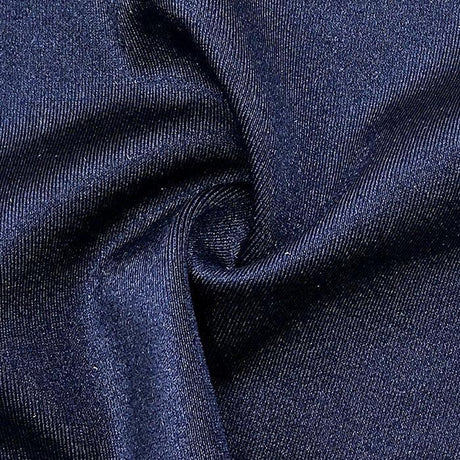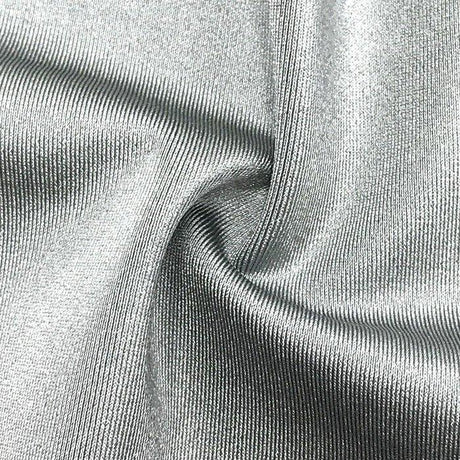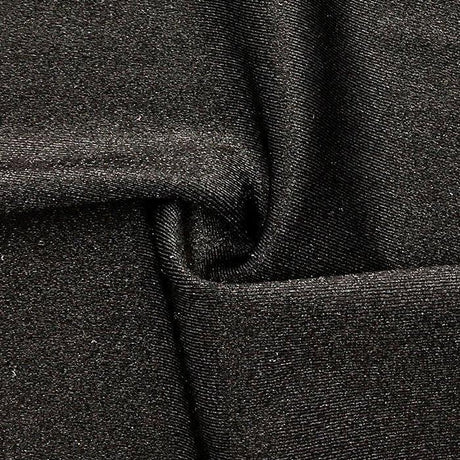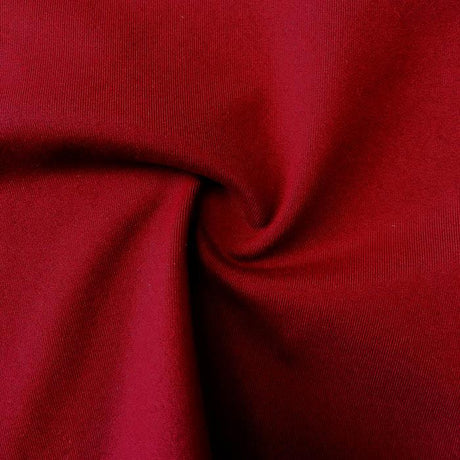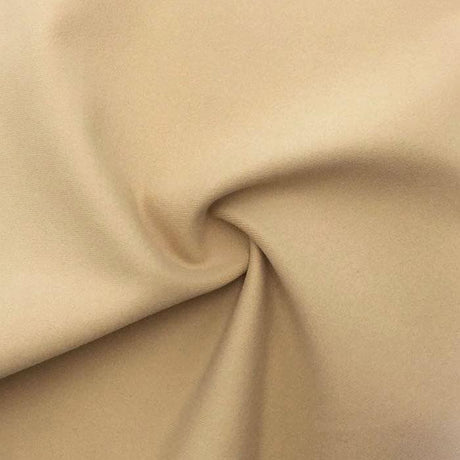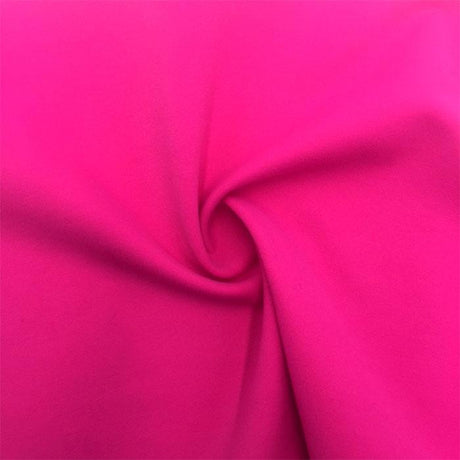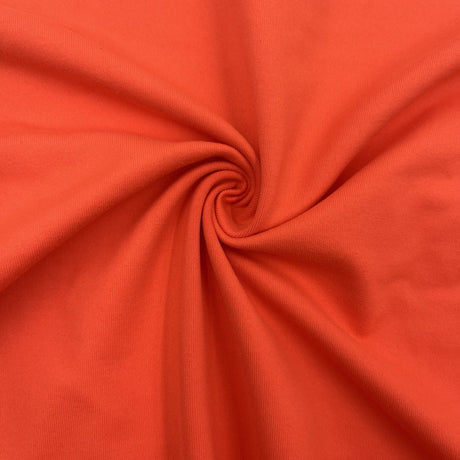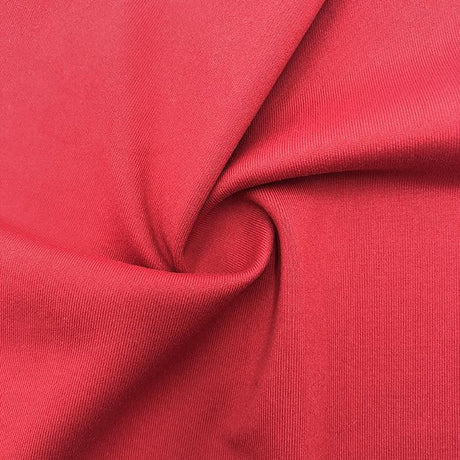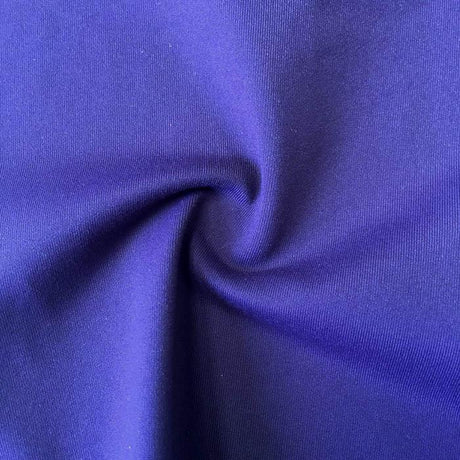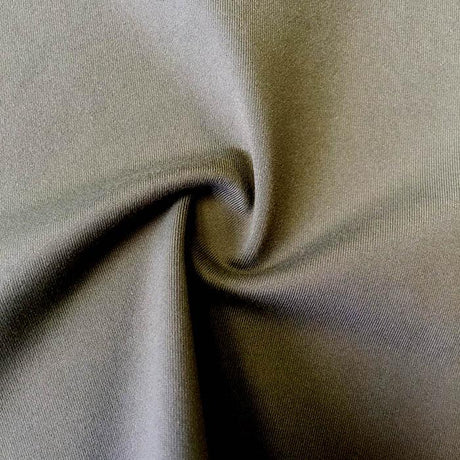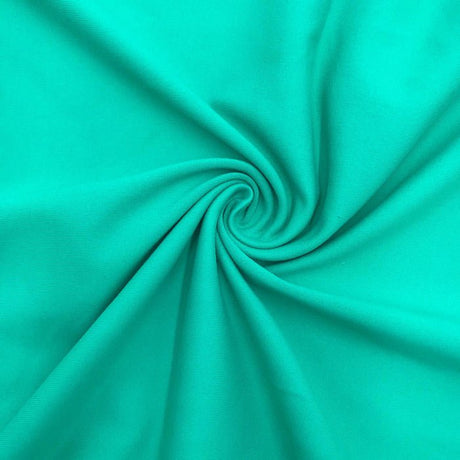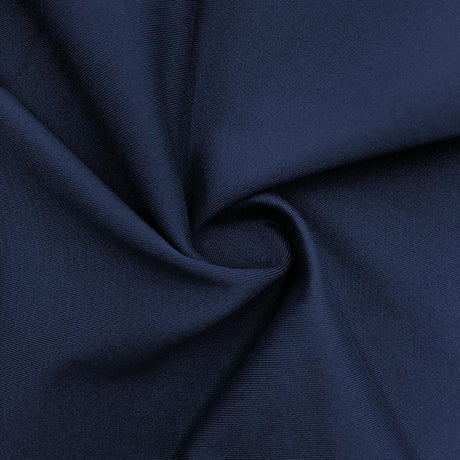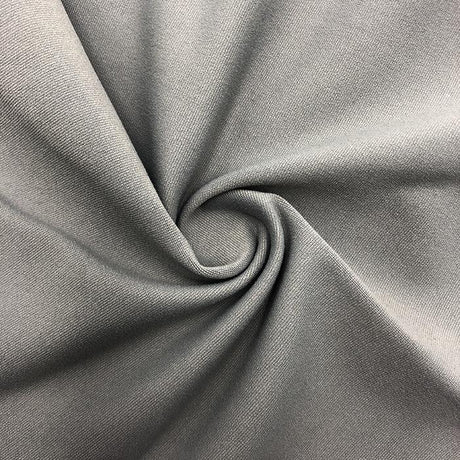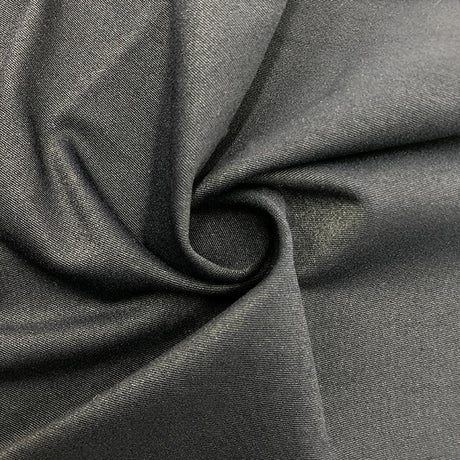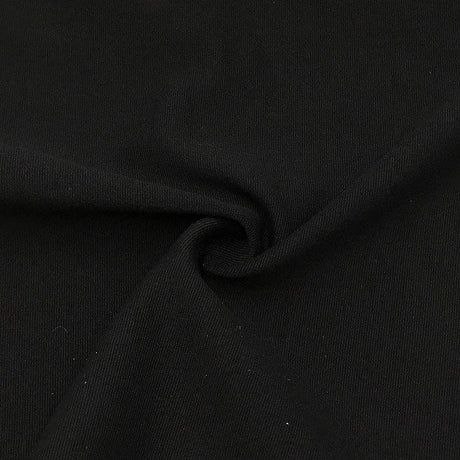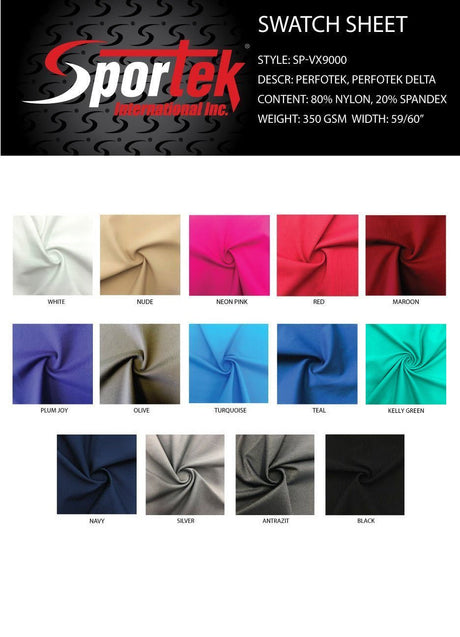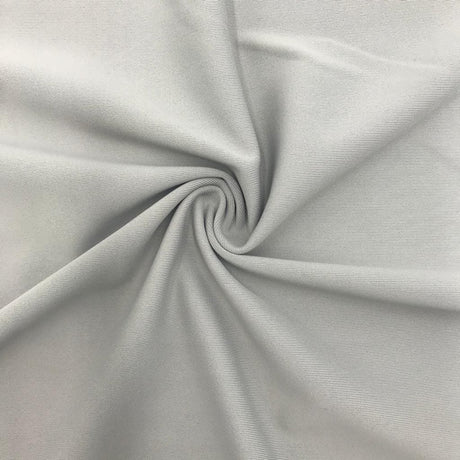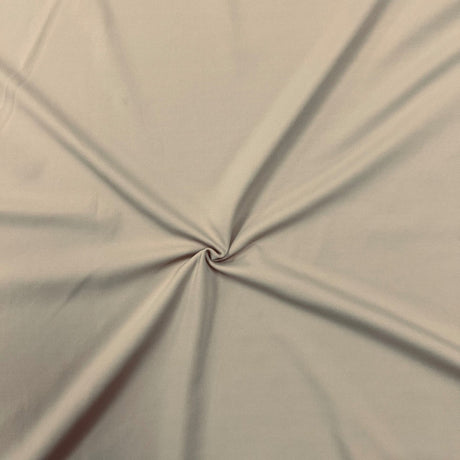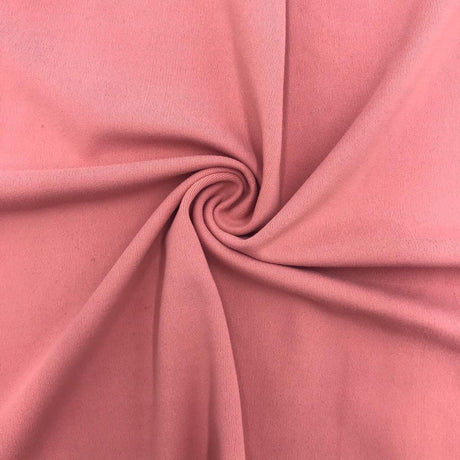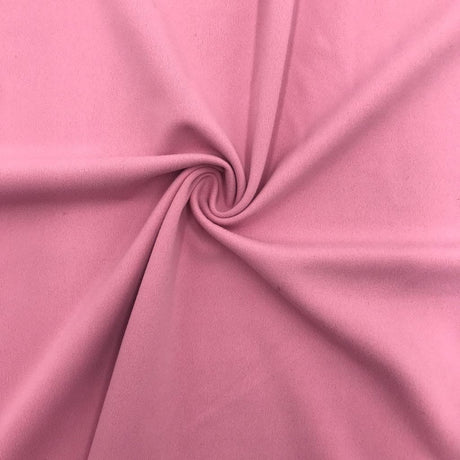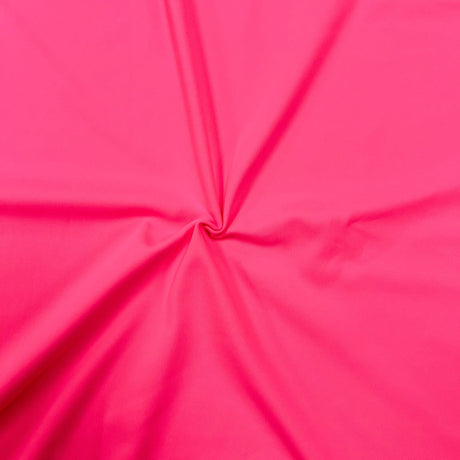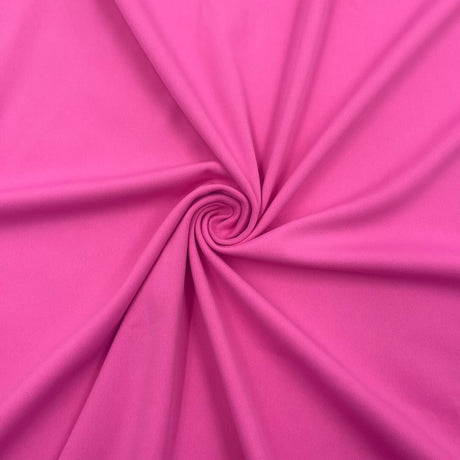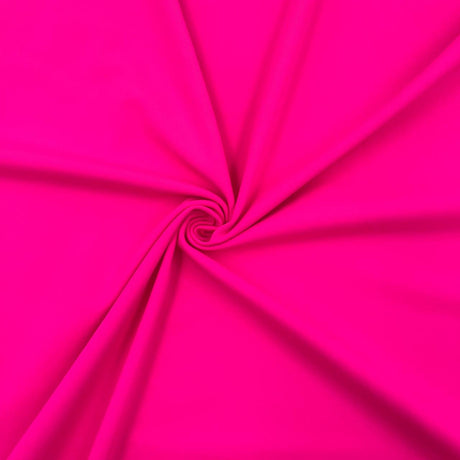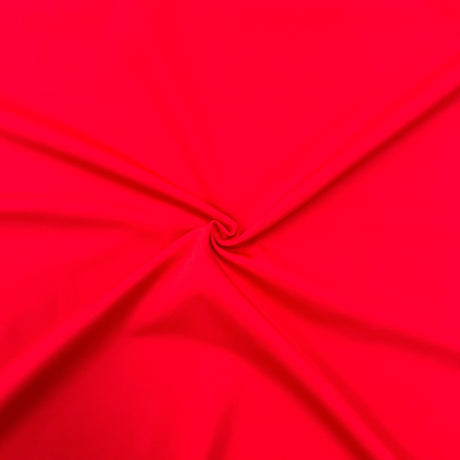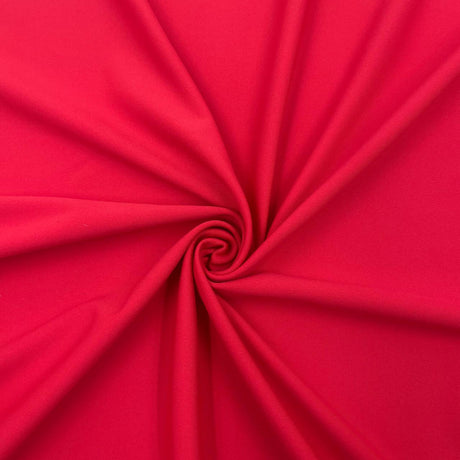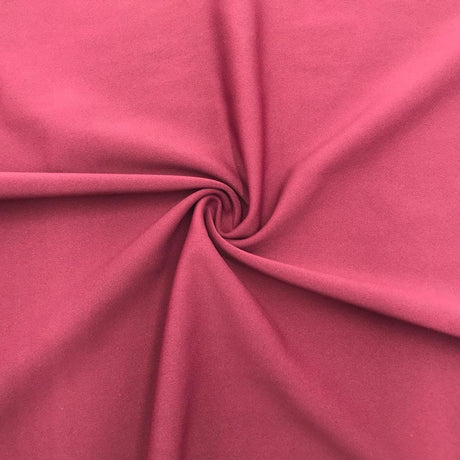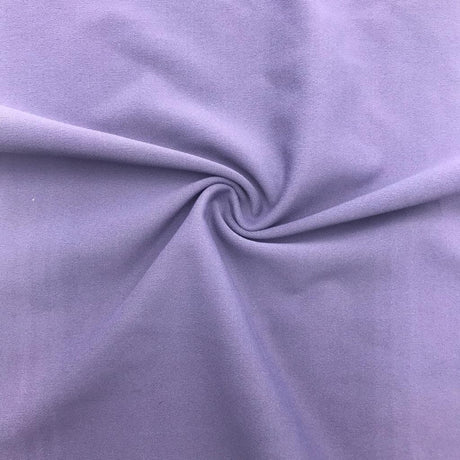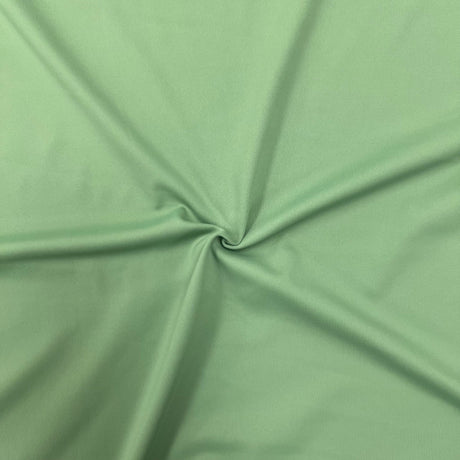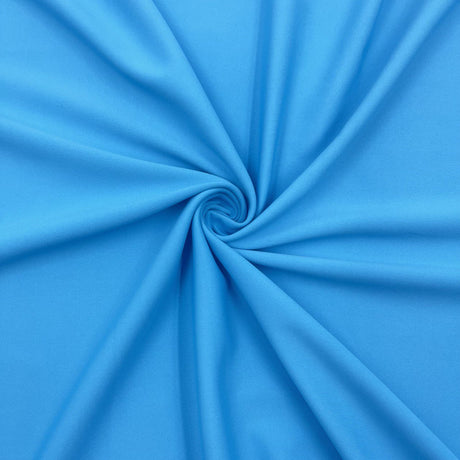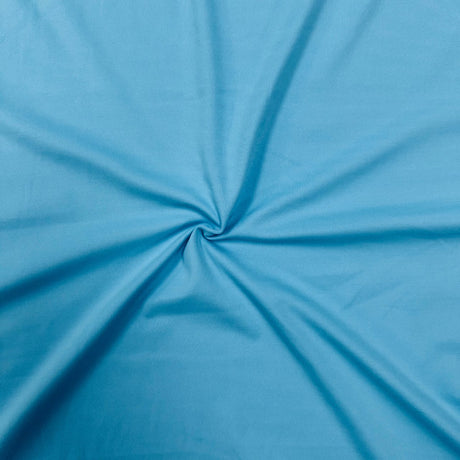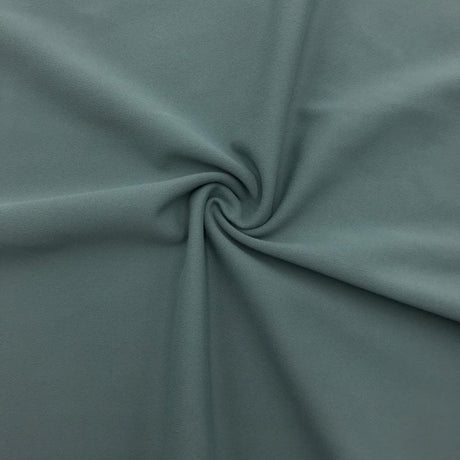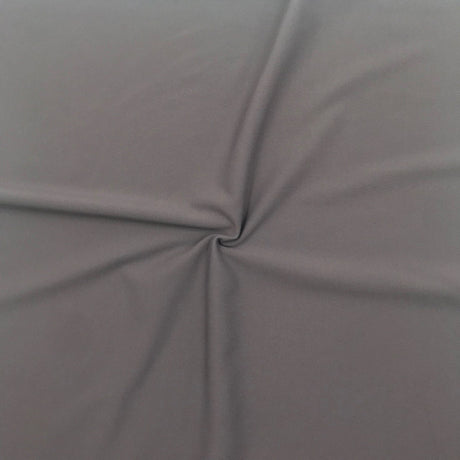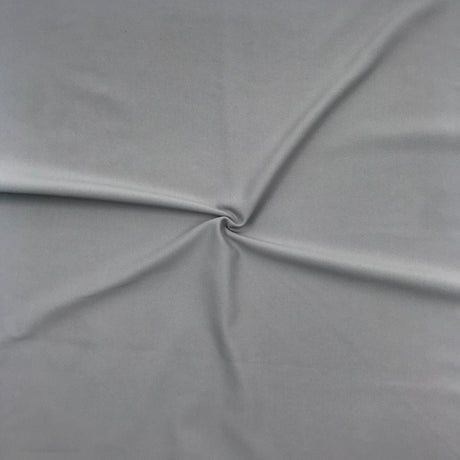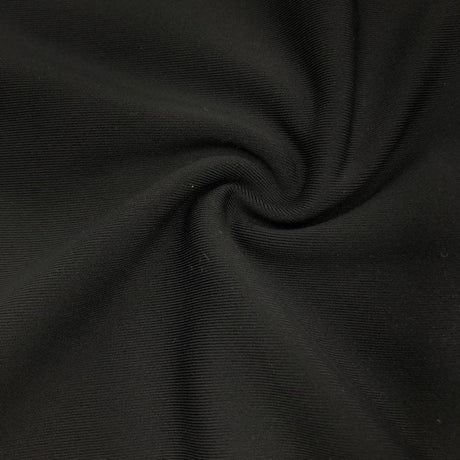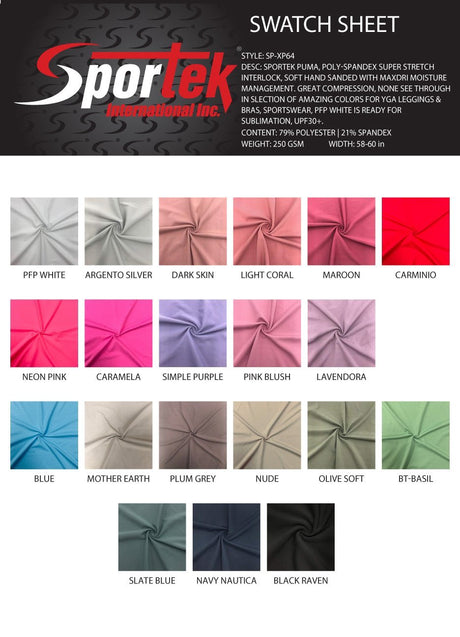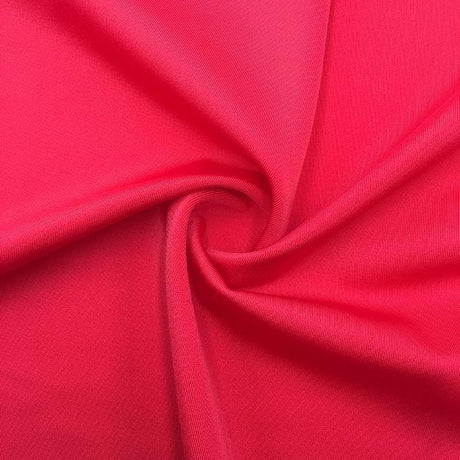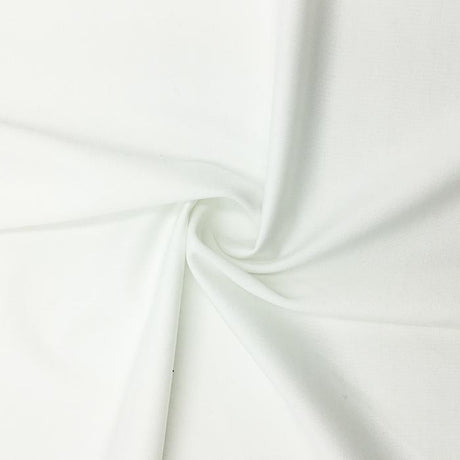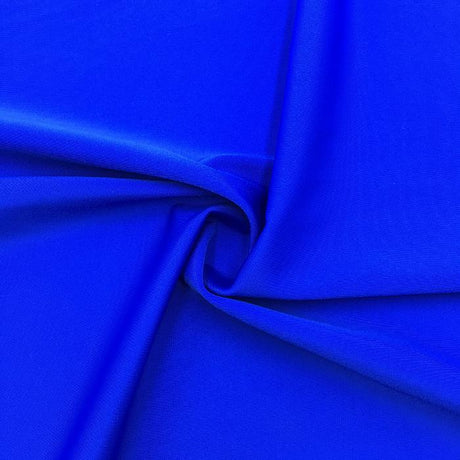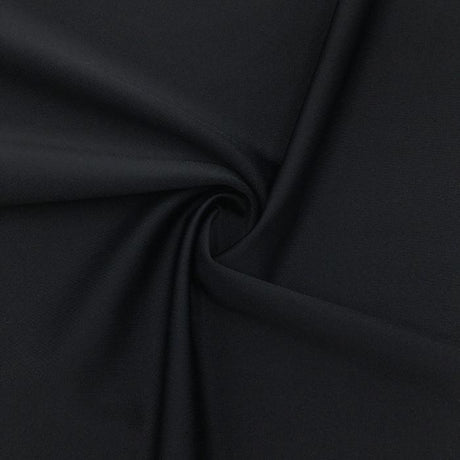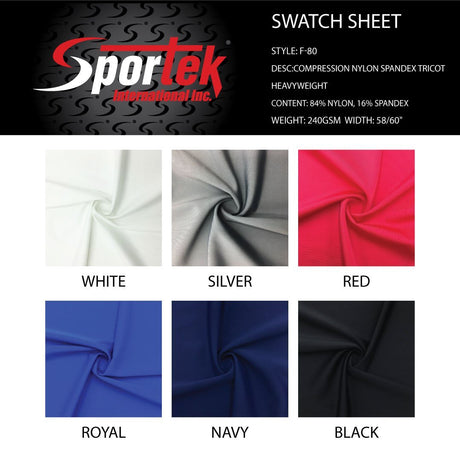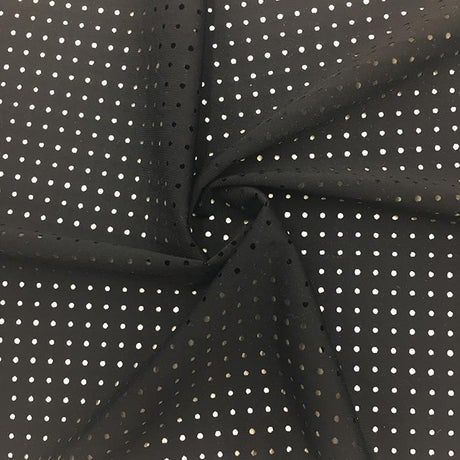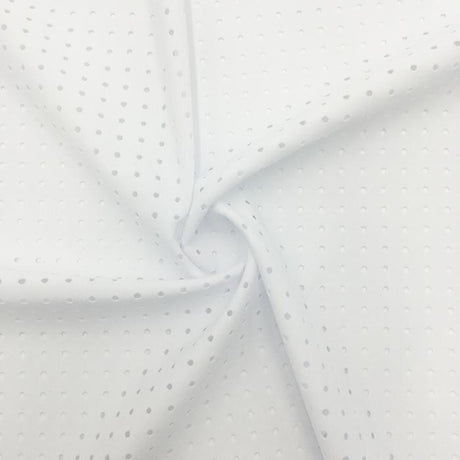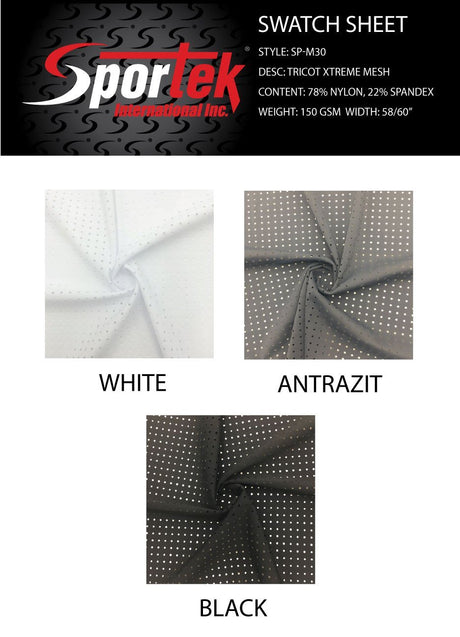During intense exercise or hot weather, our bodies sweat profusely as a natural cooling mechanism. Wearing moisture-wicking spandex fabric can make all the difference in staying comfortable. This material is engineered to pull sweat away from your skin and dry fast, helping you stay cool and dry even when you’re active or the temperature soars. In this article, we’ll explore what moisture-wicking fabric is, how moisture management works, and why spandex (also known as elastane) is a go-to fiber for moisture-wicking apparel. Whether you’re a general consumer looking for comfy gym clothes, a fashion designer planning an athleisure line, a fabric buyer, or an activewear maker, read on for a friendly guide to moisture-wicking spandex — from everyday wear to high-performance gear.
What Is Moisture-Wicking Fabric?
Moisture-wicking fabric (often described as having moisture management properties) is a textile designed to keep you dry by moving sweat away from your body and allowing it to evaporate quickly. In simple terms, a moisture-wicking material has two jobs: (1) rapidly wick sweat to the fabric’s outer surface and (2) dry quickly so the moisture doesn’t soak the fabric. The result is that your skin feels dry and non-sticky, and your body can regulate temperature more efficiently. By contrast, ordinary fabrics like cotton absorb sweat and become heavy, wet, and slow to dry, leaving you feeling hot, then cold and clammy as the sweat stays trapped.
Moisture-wicking (or moisture management) is achieved through special fiber properties and fabric construction. Most synthetic fibers are used for this purpose because they are hydrophobic – they naturally resist absorbing water. Instead of soaking up sweat, fibers like polyester, nylon, and spandex transport moisture along their surfaces. This happens via capillary action, where sweat spreads through tiny spaces in the yarns and threads of the fabric, moving from your skin to the outer side of the garment. Once at the outside, the sweat can evaporate into the air, which cools you down. Essentially, moisture-wicking clothing acts like a pump: it lifts sweat off your skin and pumps it out to the air, leaving you with a dry, comfortable feeling.
Not all fabrics are moisture-wicking. Cotton, for example, is highly absorbent and will hold onto sweat, making you feel soaked. It’s known as the “anti-moisture-wicking” fabric because it gets saturated and dries very slowly. Wool, on the other hand, has some natural wicking ability (merino wool can pull moisture and still feel dry to touch), and modern wool is often used in performance wear. But for most active apparel, synthetic performance fabrics dominate because they excel at moving moisture. These textiles are sometimes called “performance fabrics” or “technical fabrics” in marketing. Companies often give them proprietary names like Dri-FIT or CoolMax, but the core idea is the same – the fabric doesn’t absorb much sweat, so moisture is forced to travel outward and evaporate.
How Does Moisture Management Work?
To understand how moisture management works, imagine sweat being drawn through a fabric like water through the roots of a plant. The science behind this is the aforementioned capillary action. Sweat (which is mostly water) clings to fibers due to adhesion, then more sweat molecules follow due to cohesion, creating a wicking effect. The fabric’s weave or knit plays a big role: moisture-wicking materials are engineered with tiny channels or pores that encourage sweat to move. Some high-tech moisture-wicking textiles even have dual layers – an inner hydrophobic layer that pushes moisture outward, and an outer layer that is more hydrophilic to pull moisture in and spread it out for faster evaporation. The goal is to avoid the fabric becoming soaked. Instead, sweat is continually moved outward in a thin film that can evaporate quickly, providing a cooling effect as it does.
Fiber content is key. Synthetic fibers like polyester and spandex have very low moisture regain (they absorb very little water into the fiber itself). This means they don’t get waterlogged; sweat stays on the surface of the fibers where it can be wicked away. (For example, polyester’s moisture regain is around 0.4%, meaning it absorbs virtually no water.) By contrast, cotton’s natural fibers have many hydroxyl (–OH) groups that grab water and hold it, so cotton can soak up 20-30% of its weight in water and gets drenched easily. Spandex and other synthetics lack those absorbent groups, making them water-resistant enough to let sweat travel instead of soaking in. In practice, a well-made moisture-wicking garment will spread out any sweat into a broad, thin layer on the outside of the fabric, where airflow and body heat cause it to dry quickly.
Breathability also factors into moisture management. Breathable fabrics allow air to circulate, which helps sweat evaporate faster. Many athletic designs incorporate mesh panels or perforations in spandex garments to increase airflow. The combination of wicking and breathability keeps you from overheating: as sweat evaporates, it cools your skin, and the circulating air carries heat away. This is why moisture-wicking clothing helps prevent overheating and heat discomfort. In summary, moisture management in spandex fabrics works by pulling perspiration off the skin, spreading it out, and letting it evaporate rapidly, thereby cooling you down and keeping you dry.
Spandex as a Moisture-Wicking Fabric
Spandex (also known by brand names like Lycra or elastane) is famous for its stretch – it can expand and snap back, providing that 4-way stretch that makes activewear and dancewear so flexible. But spandex is also an important component in moisture-wicking clothing. By itself, spandex fiber has only moderate wicking ability, but it is always blended with other fibers like polyester or nylon in activewear. This combination gives the best of both worlds: the other synthetic fibers provide high moisture-wicking performance, while spandex lends stretch, fit, and comfort. In fact, many popular moisture-wicking garments (like Nike Dri-FIT shirts) are made of polyester blended with a percentage of spandex. The polyester does a lot of the sweat transport, and the spandex ensures the fabric is elastic and form-fitting so that it contacts your skin to pull moisture away.
Why is spandex used at all if polyester and nylon are the star wickers? The answer lies in comfort and mobility. A snug, stretchy spandex blend garment will hug your body, which is ideal for wicking – it’s hard for a shirt to wick sweat off your skin if the fabric is hanging loose. By keeping the material close to the skin, spandex helps moisture get absorbed by the fabric quickly and not drip off. Additionally, spandex’s elasticity means your clothing won’t chafe or restrict your movement when you exercise; it moves with you. The fabric will also retain its shape and not sag even when damp (spandex is unique in that it maintains stable dimensions and resilience when wet).
Another benefit is that spandex itself is hydrophobic – it does not absorb much water at all. Spandex fibers are made from long-chain polymers (polyurethane) that repel water, so they dry very quickly when they do get wet. A spandex-blend workout shirt or leggings will dry far faster than, say, a cotton garment. In practical terms, spandex is a quick-drying fabric, ideal for both sweating and activities like swimming. (It’s no coincidence that spandex is used in swimwear; a spandex swimsuit can be soaked and then air-dry in a short time.) In fact, spandex is often touted for its moisture-wicking and quick-dry properties, especially in sportswear and swim gear. The fabric doesn’t hold water, and any moisture evaporates off its surface rapidly.
Modern moisture management spandex fabrics are high-performance textiles that combine all these advantages. For example, specialty suppliers offer “Moisture Management Spandex” blends that wick sweat away to keep you comfortable during workouts or even daily wear. These fabrics feature smooth texture, excellent breathability, and of course the signature 4-way stretch of spandex. They are often engineered for things like compression gear, leggings, and athletic tops, where you want a second-skin fit plus moisture control. To boost wicking, fabric makers may use techniques like micro-denier yarns (very fine fibers create more channels for moisture) or apply hydrophilic treatments that encourage any spandex fiber in the blend to attract a bit of water. The end result is a fabric that moves with you, pulls perspiration off your skin, and releases that moisture into the air to keep you dry.
Benefits of Moisture-Wicking Spandex
Moisture-wicking spandex offers a range of benefits that appeal to athletes, outdoor enthusiasts, and everyday comfort-seekers alike. Here are some key advantages of moisture management spandex:
- Keeps You Dry and Comfortable: By wicking sweat off your skin and drying fast, spandex performance fabrics prevent that sticky, clammy feeling you get with ordinary clothes. You stay dry even when you sweat, which means fewer distractions and more comfort during any activity. No more sweat-soaked T-shirts weighing you down!
- Breathable & Cool: Moisture-wicking spandex materials are designed to be breathable, allowing air to flow. This helps cool you down as sweat evaporates. In hot weather or high exertion, this cooling effect is a lifesaver – it helps regulate your body temperature and can reduce the risk of overheating. Many people find that wearing wicking fabrics on hot days actually makes them feel cooler than wearing light cotton, because the sweat is continuously pulled off their skin.
- Lightweight & Quick-Drying: Spandex blends are very lightweight, and they don’t get waterlogged with sweat. Moisture evaporates quickly from the fabric, so your clothing won’t stay wet. This quick-dry quality is not only great for workouts but also practical for washing – your athletic clothes will hang dry faster. It also means no lingering dampness that could cause chills once you stop moving. For example, polyester-spandex “Max-Dri” fabrics are designed to dry rapidly and keep the skin dry, which can even help improve endurance in sports.
- Flexible 4-Way Stretch: One big bonus of spandex is freedom of movement. Moisture-wicking spandex apparel stretches in all directions (“4-way stretch”), so it won’t restrict your mobility during exercise or daily tasks. The fabric moves with you like a second skin. Additionally, spandex’s stretch recovery means your gear maintains a supportive fit even when wet – it won’t sag or lose shape due to sweat. This makes it perfect for form-fitting garments like yoga pants or compression wear.
- Reduced Chafing and Odor: Staying dry means less risk of chafing, rashes, or skin irritation that come from sweaty, wet clothing rubbing on you. The smooth, moisture-managed surface of spandex fabrics helps prevent friction issues, even in sensitive areas or during long workouts. Moreover, many moisture-wicking spandex materials are treated with antimicrobial or anti-odor finishes to curb bacteria. Since sweat itself doesn’t smell but bacteria do, keeping the fabric drier and adding antimicrobial treatment results in better odor control. Your clothes are less likely to stink after intense activity, which is a welcome benefit for both you and those around you!
- Cooling and Thermoregulation: Because these fabrics assist your body’s cooling mechanism, they help you maintain a stable core temperature. This is crucial for performance – studies have shown athletes in moisture-wicking apparel can preserve optimal body temperature better in high heat. Even if you’re not an elite athlete, not being weighed down by sweat and heat means you feel more energetic and comfortable. And in cooler conditions, wicking base layers keep sweat from freezing you; by moving moisture out, they prevent that post-exercise chill or even hypothermia in cold weather.
Overall, moisture-wicking spandex fabric gives you dryness, comfort, and confidence. You can work out or go about your day without worrying about sweat marks, heavy wet clothes, or overheating. It’s a versatile solution that benefits anyone who wants to stay cool and fresh.
Everyday Wear: Athleisure, Underwear, and Sleepwear
Moisture-wicking spandex isn’t just for hardcore athletes – it’s become a staple in everyday clothing thanks to the rise of athleisure and performance fabrics for daily comfort. If you’ve worn yoga pants to the grocery store or a fitted stretch T-shirt on a hot day, you’ve likely enjoyed the perks of moisture management spandex in casual wear. Here are some everyday applications:
- Athleisure and Casual Activewear: Athleisure refers to athletic-inspired clothing worn in daily life – think leggings, jogger pants, sporty tops, and hoodies that combine style with comfort. These garments often use moisture-wicking spandex blends. For instance, popular leggings and yoga pants are usually a polyester/spandex or nylon/spandex mix that keeps you dry running errands or during a casual bike ride. Because the fabric breathes and wicks sweat, you won’t feel gross if you break a light sweat rushing around. Athleisure spandex fabrics also tend to have a soft, smooth feel and come in many fashionable colors and prints, proving that performance and fashion can coexist. You can go from a morning workout to brunch in the same outfit and remain comfortable.
- Everyday Underwear and Intimates: Nobody likes sweaty underwear or socks. That’s why many brands now offer moisture-wicking underwear, bras, and socks made with spandex blends. A bit of spandex in undergarments ensures a snug fit (preventing bunching) and wicks away moisture in areas prone to sweat. For example, men’s boxer briefs with spandex are marketed as “quick-dry” or “cool” underwear, great for daily wear, travel, or outdoor jobs. Women’s bras and panties for active lifestyles also use moisture-wicking microfiber (often nylon/spandex) to stay dry and breathable. Even socks include spandex for stretch and often incorporate moisture-management fibers to keep feet dry and reduce blisters. By choosing spandex-blend basics, you can significantly improve comfort during a typical day – no more feeling damp after walking in the summer heat or rushing around at work.
- Sleepwear and Loungewear: If you’ve ever woken up in the middle of the night sweating, you’ll appreciate moisture-wicking sleepwear. Many pajamas and nightgowns now use technical fabrics (including spandex) designed for breathability and wicking, sometimes advertised as “cooling pajamas.” These are especially helpful for people who experience night sweats or hot flashes. A pair of moisture-wicking spandex-blend PJs can pull perspiration away from your skin while you sleep, helping to regulate your temperature so you don’t wake up soaked. Softies, for example, is a brand that developed a Wellness fabric with spandex to help sleepers stay cool, dry, and comfortable all night. Even for general loungewear, like a cozy hoodie or sweatpants, using fabrics with spandex and moisture management means you won’t feel clammy if you warm up under a blanket. The clothing stays light and dry against your skin.
- Travel and Daily Workwear: Moisture-wicking spandex fabrics have also entered everyday work and travel clothing. Polo shirts, chinos, or blouses with a bit of spandex and moisture-wicking finish can make a long day more pleasant. For instance, a stretch spandex-blend polo that wicks sweat is great for a customer service job or a day of travel – it looks neat but secretly performs like sportswear, keeping you dry and less wrinkled. Many business-casual pants now use a cotton/spandex blend with some moisture control, so if you’re rushing to catch a train or giving a presentation under bright lights, you’re not embarrassingly sweaty. The stretch also adds comfort during long periods of sitting or moving. Travel gear like hiking pants or UPF sun-protection shirts also mix spandex for flexibility with moisture-wicking for comfort, bridging the gap between adventure and daily life.
In short, moisture-wicking spandex has become ubiquitous in clothes we wear all the time: from gym-to-street fashions, to undergarments and sleepwear, to smart casual attire. The common theme is enhanced comfort – these items feel dry, cool, and easy to move in. Designers love that they can offer consumers functionality (sweat management) without sacrificing style. If you live in a hot climate or have an active lifestyle, investing in everyday moisture-wicking apparel can be a game changer. You’ll notice you feel fresher and more comfortable during daily activities, not just during workouts.
High-Performance Uses: Activewear, Outdoor Gear, and Uniforms
Of course, the original domain of moisture-wicking spandex is high-performance athletic and outdoor gear. This is where these fabrics truly shine, as they help people push their limits while staying cool and preventing sweat-related issues. Here are some key high-performance applications:
- Sports and Activewear: From running shirts and basketball jerseys to biking shorts and compression leggings, moisture-wicking spandex is the hero of athletic apparel. During intense exercise, sweat production is high, and wearing moisture management fabrics directly affects comfort and performance. A runner in a spandex-blend shirt that wicks sweat will stay lighter and cooler than if they wore a heavy cotton tee. This can prevent overheating and fatigue. In fact, being dry can even enhance endurance because the body isn’t wasting energy dealing with heat stress. Compression garments (like spandex compression shorts, sleeves, or tops) not only support muscles but also keep sweat off the skin and evaporating. Athletes often layer these under uniforms. For example, football players wear spandex compression shirts under pads to stay drier and avoid the chill of sweat during breaks. Sports uniforms themselves frequently use moisture-wicking polyester/spandex fabric, so players aren’t weighed down by sweat-soaked jerseys. The bottom line: whether you’re at the gym, on the field, or doing yoga, moisture-wicking spandex apparel keeps you focused on your activity, not on discomfort. You can move freely, and your clothing works with you by rapidly getting rid of sweat.
- Outdoor and Adventure Gear: Hikers, climbers, runners, and outdoor workers all rely on moisture-wicking layers for comfort and safety. When you’re outdoors, being wet with sweat can quickly turn into getting cold (if the temperature drops) or causing skin irritation during long hours of activity. Outdoor gear made with spandex blends — like hiking shirts, trail pants, base-layer leggings, and even sports bras — ensure that sweat is continuously pulled away from your body. For instance, a moisture-wicking base layer worn skiing or hiking will transport sweat away, so when you pause you don’t get chilled from damp underclothes. Many thermal base layers are actually polyester/spandex knits that wick moisture (sometimes called “thermal wicking” fabrics). By keeping the skin dry, they help maintain a warm core temperature in cold weather and prevent that sweaty-then-freezing scenario. In hot weather, quick-dry spandex hiking shirts with vents can make trekking in the sun far more bearable, as they allow sweat to evaporate and even include UPF sun-protection while remaining breathable. Additionally, spandex in outdoor apparel gives that needed stretch for movement — scrambling over rocks or reaching with your arms is easier in stretchy, sweat-wicking fabric than in rigid, damp clothing.
- Professional Uniforms and Work Gear: Many professions have discovered the benefits of moisture-wicking spandex fabrics in uniforms. Military and law enforcement uniforms now often include moisture-wicking undershirts or integrated stretch panels, so that personnel can stay cool under body armor or in high-action situations. The same goes for firefighters and EMS, who wear moisture-wicking T-shirts under heavy gear to manage sweat. Sports teams and dancers (as mentioned earlier) also love spandex for its combination of flexibility and moisture management – e.g., dancers can perform under hot stage lights without their outfits becoming drenched, thanks to spandex costumes that breathe and dry fast. Even corporate uniforms (like those for delivery personnel or outdoor staff) might use polo shirts with moisture-wicking spandex for comfort through a long shift. Another example is medical scrubs: some modern scrubs include spandex for stretch and are made of moisture-wicking blends, keeping healthcare workers comfortable during hectic shifts. Essentially, any situation where someone is active or exposed to heat can benefit from uniforms that incorporate these technical fabrics.
- Extreme Conditions: In very demanding conditions, moisture-wicking spandex gear can be critical. Mountain climbers wear base layers that wick sweat to avoid hypothermia when resting. Endurance athletes (marathoners, triathletes) count on technical spandex apparel so their sweat doesn’t cause blisters or add weight over hours of exertion. Even the space industry has used moisture-management fabrics in under-suits to help astronauts regulate temperature – though those are highly specialized, it shows how far this technology can go. For the rest of us, even a tough mud run or a long summer hike is made much safer and pleasant by wearing clothes that won’t stay soaked. Moisture-wicking spandex can also pair with anti-microbial technology in high sweat scenarios to avoid infections or rashes. For example, some high-performance spandex fabrics are treated with silver-based antimicrobials to keep bacteria at bay, which is great for multi-day use or when you can’t wash gear immediately. The anti-microbial finish in these fabrics prevents odor and bacterial growth, keeping the garment hygienic during heavy use.
In all these high-performance contexts, moisture-wicking spandex serves a functional purpose: protecting the wearer from the downsides of sweat (discomfort, heat stress, chills, chafing, etc.) while providing superior freedom of movement. It’s no wonder that from sports to outdoor adventures, you’ll find spandex-based moisture management fabrics in virtually every piece of technical apparel. They help people perform at their best and stay comfortable doing what they love.
Fabric Technology Features: Wicking, Quick-Dry, Stretch & More
When selecting or talking about moisture-wicking spandex fabrics, you’ll often encounter specific fabric technology terms. Understanding these will help you appreciate what makes these textiles special:
- Wicking Layers: This refers to the strategy of using multiple fabric layers to enhance moisture movement. A common design is a double-layer fabric where the inner layer is hydrophobic (e.g., spandex or polyester) and the outer layer is slightly hydrophilic. This creates a push-pull effect – the inner layer pushes sweat out (since it repels water), and the outer layer pulls moisture in and spreads it over a wide area to evaporate. Some garments achieve this by blending fibers or by plating (knitting two yarns together, one on the inside, one on the outside). For instance, a sock might have an inner polypropylene layer to keep feet dry and a cotton outer layer to absorb and evaporate sweat. In spandex activewear, you might see mesh panel inserts or linings that act as dedicated wicking layers. Layering systems for outdoor clothing also emphasize a “wicking base layer” (often spandex blend) under insulating and shell layers. Knowing about wicking layers helps designers combine fabrics intelligently for maximum moisture control.
- Quick-Dry: Quick-dry is a must-have descriptor for moisture management fabrics. It literally means the material dries faster than normal, due to low absorbency and high surface area exposure. Spandex blends are quick-drying because, as noted, they don’t hold much water in the fiber. Manufacturers often test and advertise how quickly their fabric can dry after soaking. Quick-dry is crucial not just for comfort while wearing (no one wants soggy clothing) but also for convenience – you can wash your spandex gym clothes, hang them up, and they might be dry by the next morning. Some products brand this feature (e.g., “FlashDry” or “Speed Dry” fabric), but generally if you see polyester or nylon with spandex, you can assume it will dry quickly. For example, the Max-Dri moisture management technology in some performance spandex fabrics explicitly aims to allow fabric to dry in a flash, keeping skin dry and boosting athletic endurance.
- 4-Way Stretch: This term highlights that a fabric can stretch both across its width and length. Spandex is the reason most performance fabrics have 4-way stretch (unlike some older materials that only stretch one direction). For the wearer, 4-way stretch means total range of motion – you can squat, bend, twist, and the clothing moves with you rather than constricting. It also means better fit, as the garment can contour to your body. High spandex content (e.g., 15-20%) usually indicates significant stretch and compression. Some labels simply say “stretch fabric” or “elastane blend”, but the idea is the same. This feature is especially important for compression wear, which needs to apply consistent pressure (spandex provides that) and for activities like yoga, dance, or any sport with dynamic movement. Even in everyday wear, 4-way stretch adds comfort (ever worn non-stretch jeans versus stretch jeans? The difference is clear!). When you see 4-way stretch on a moisture-wicking garment, know that it will not only keep you dry but also let you move freely without ripping seams or feeling tight.
- Antimicrobial Blends: Many moisture-wicking spandex fabrics are treated with or combined with antimicrobial agents to fight odor and germs. Sweat itself is sterile, but when it stays on your clothes, skin bacteria break it down and create odor. By inhibiting bacteria, antimicrobial fabrics keep clothes fresher and more hygienic. Common treatments include silver-ion technology (e.g., Silvadur™, which embeds silver that stops bacterial growth), or chemical finishes like triclosan or polyhexamethylene (PHMB) in the fabric. There are also yarns that have antimicrobial properties built-in (like fibers with bamboo charcoal or copper). In spandex activewear, you might see tags like “anti-odor”, “anti-microbial finish”, or even brand names like Polygiene or BioShield. For example, a moisture-wicking spandex fabric from one supplier comes with an anti-microbial treatment preventing odor and growth of bacteria and fungi, on top of its wicking capabilities. This is a great feature if you plan to sweat a lot or if you sometimes have to wear the same gear twice before washing. It’s also useful in underwear and socks to prevent athlete’s foot or yeast infections by keeping the environment dry and hostile to microbes. While antimicrobial treatments can wear off over many washes, they greatly enhance the experience of moisture-wicking apparel by keeping it odor-free and skin-friendly.
- Other Terms: You might also come across terms like “breathable mesh” (indicating portions of the garment use a mesh structure for airflow), “UPF protection” (some moisture-wicking spandex fabrics also block UV rays, useful for outdoor apparel), “compression” (implying the spandex content is high and the garment fits very tight for muscle support), and “thermal regulation” (emphasizing the fabric’s ability to cool or sometimes insulate when wet). Some athletic wear brands use marketing terms like HeatGear or ColdGear (Under Armour) to indicate if the fabric is geared for hot conditions or as a base layer in cold conditions, respectively – both are moisture-wicking, but one is optimized to cool you and the other to keep you warm by staying dry. Being aware of these terms can help you choose the right moisture-wicking spandex fabric for your needs, and as a designer or sewist, you can incorporate the right features (for instance, adding mesh panels in sweat zones, or choosing a spandex with UV and antimicrobial treatment for a hiking shirt).
In essence, modern moisture-wicking spandex textiles are a fusion of smart material science and thoughtful design. They bring together wicking performance, stretch, durability, and often other conveniences like odor control. When shopping or specifying fabrics, keep an eye out for these tech features – they indicate a high-quality, purpose-built fabric.
Sourcing Moisture-Wicking Spandex Fabrics
For designers, sewists, or fabric buyers interested in working with moisture-wicking spandex, it’s good to know where to find these materials. Many mainstream fabric stores carry some activewear fabrics, but for the best selection, consider specialty suppliers. For example, spandexbyyard.com is a specialty retailer that offers high-performance moisture management spandex fabrics by the yard. Suppliers like this often stock a variety of weights, prints, and colors of wicking spandex, including mesh variants and tricot (a common knit for activewear) with moisture-wicking technology. You can find fabrics described as “cooling,” “dry-fit,” “Max-Dri,” “CoolMax,” etc., which are all indicators of moisture management features. Purchasing from a specialty source ensures you get fabric that has been engineered for performance – meaning it will have the advertised wicking capability, 4-way stretch, and sometimes extras like UV protection or antimicrobial finish.
When sourcing, consider the fiber blend and feel of the fabric. A popular composition is around 80-90% polyester (or nylon) and 10-20% spandex, which gives a nice balance of wicking and stretch. If you need a very lightweight, breathable fabric (for a summer shirt or lining), look for spandex mesh with moisture management. For leggings or compression wear, a heavier spandex jersey or interlock knit with moisture-wicking will provide opacity and support. Don’t hesitate to request samples if possible, so you can test the hand feel and stretch. One simple test for wicking: put a drop of water on the fabric’s inner side and see if it quickly spreads out or goes through to the other side – on a good moisture-wicking fabric, you’ll see it disperse and you won’t see a big wet spot on the outside because it’s spreading and evaporating.
It’s also worth noting that moisture-wicking spandex fabrics are easy to care for but with one caveat: avoid fabric softeners when washing them. Fabric softener can leave a coating that blocks the wicking action. Otherwise, these fabrics are generally durable and hold color well (many are polyester-based, so they resist fading and stretching out). They are made for active use, so they can usually handle frequent washing. Always check the supplier’s care instructions, but in most cases it’s a gentle wash and low-heat dry (or hang dry, which is easy since they dry fast).
By sourcing quality moisture-wicking spandex, you can create garments that truly perform. Whether you’re making a line of athletic wear or sewing a few pieces for personal use, having the right fabric is key. The investment in good fabric will pay off with clothes that people love to wear because they feel so much more comfortable. Specialty suppliers (like SpandexByYard, Sportek, etc.) are invaluable partners in this, as they focus on the latest fabric technology in spandex and can offer guidance on which specific fabric might suit your project (from compression leggings material to moisture-wicking swimwear lining).
Conclusion: Stay Cool and Dry with Spandex
In conclusion, moisture-wicking spandex fabric enables us to stay cool, dry, and comfortable in both everyday life and peak performance moments. By expertly managing sweat, these fabrics address a fundamental human need – keeping our bodies at a comfortable temperature and free from clamminess. From a morning jog to a day at the office, from a yoga class to a weekend hike, moisture-wicking spandex clothing helps us feel our best by banishing the discomfort of sweat-soaked fabric. It’s no wonder that this technology has moved from exclusively athletic gear into our daily wardrobes.
For designers and apparel makers, incorporating moisture management spandex opens up opportunities to create garments that customers will appreciate on a whole new level. Imagine designing a stylish blouse that secretly keeps the wearer dry in a crowded subway, or athletic uniforms that give players a competitive comfort edge. For consumers, understanding the benefits means you can make informed choices – look for that “moisture-wicking” label and a bit of spandex in the material, and you’ll know you’re getting a garment that works as hard as you do.
Embracing moisture-wicking spandex is a win-win: we get clothes that adapt to our bodies’ needs, and we can stay active and confident without sweat getting in the way. So whether you’re buying fabric by the yard to sew your own activewear or shopping for a new gym outfit, remember that “moisture management spandex” is the key to staying cool and dry. With its innovative fabric technology – wicking fibers, quick-dry performance, stretchy comfort, and breathable designs – you’ll be ready to take on any challenge, all while enjoying the comfort of dry, cool skin. Stay cool, stay dry, and let spandex take care of the sweat!


